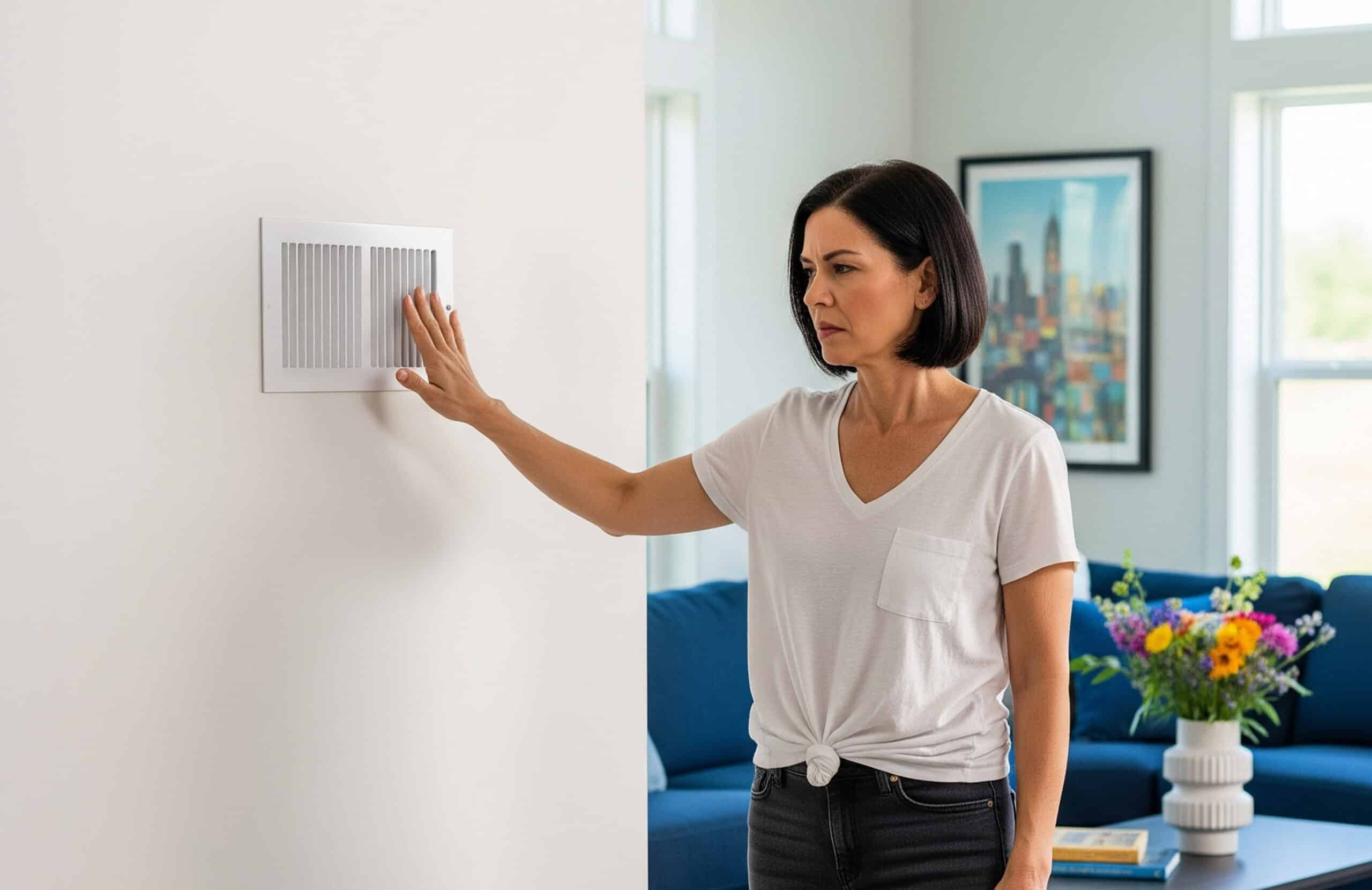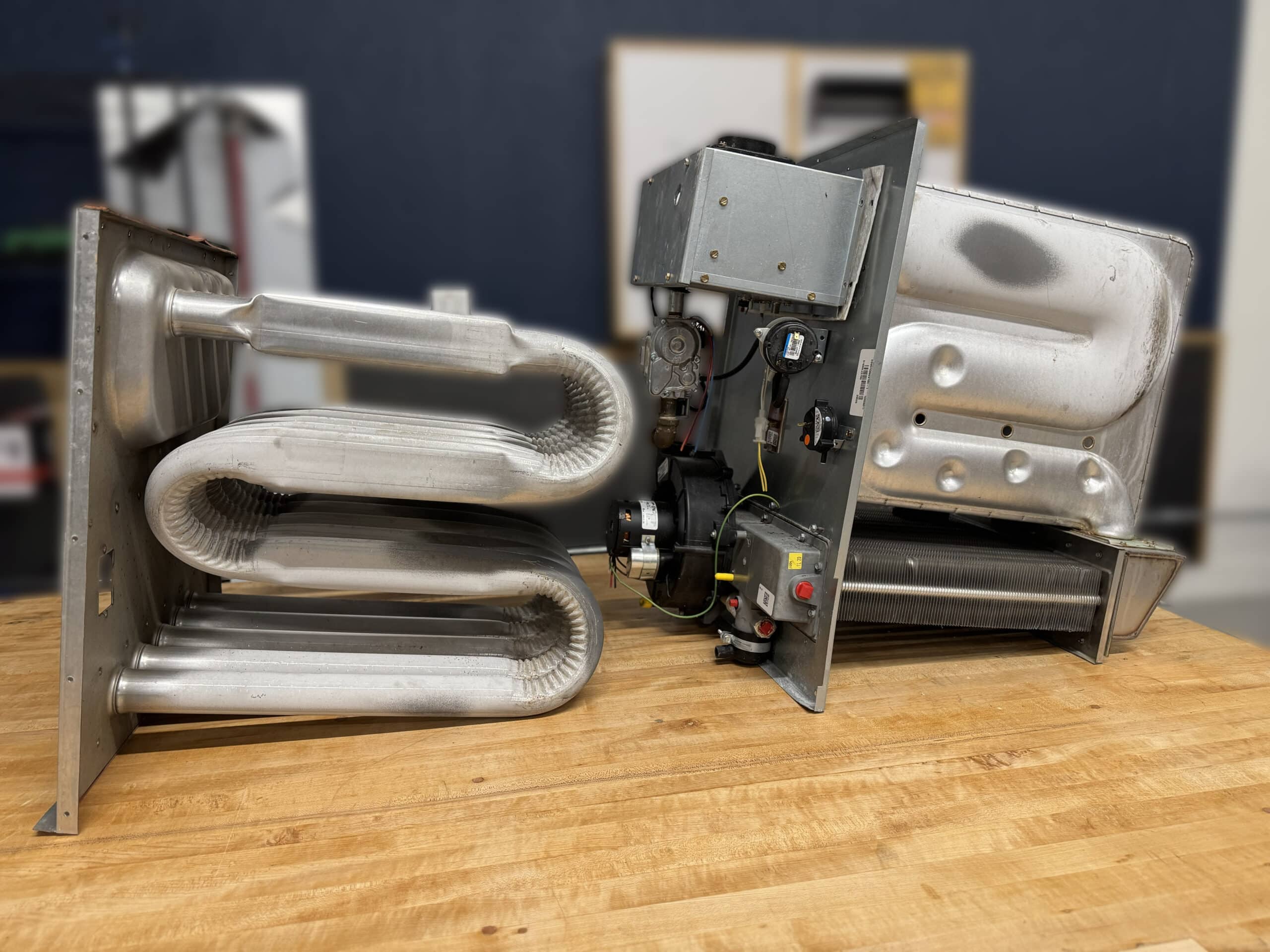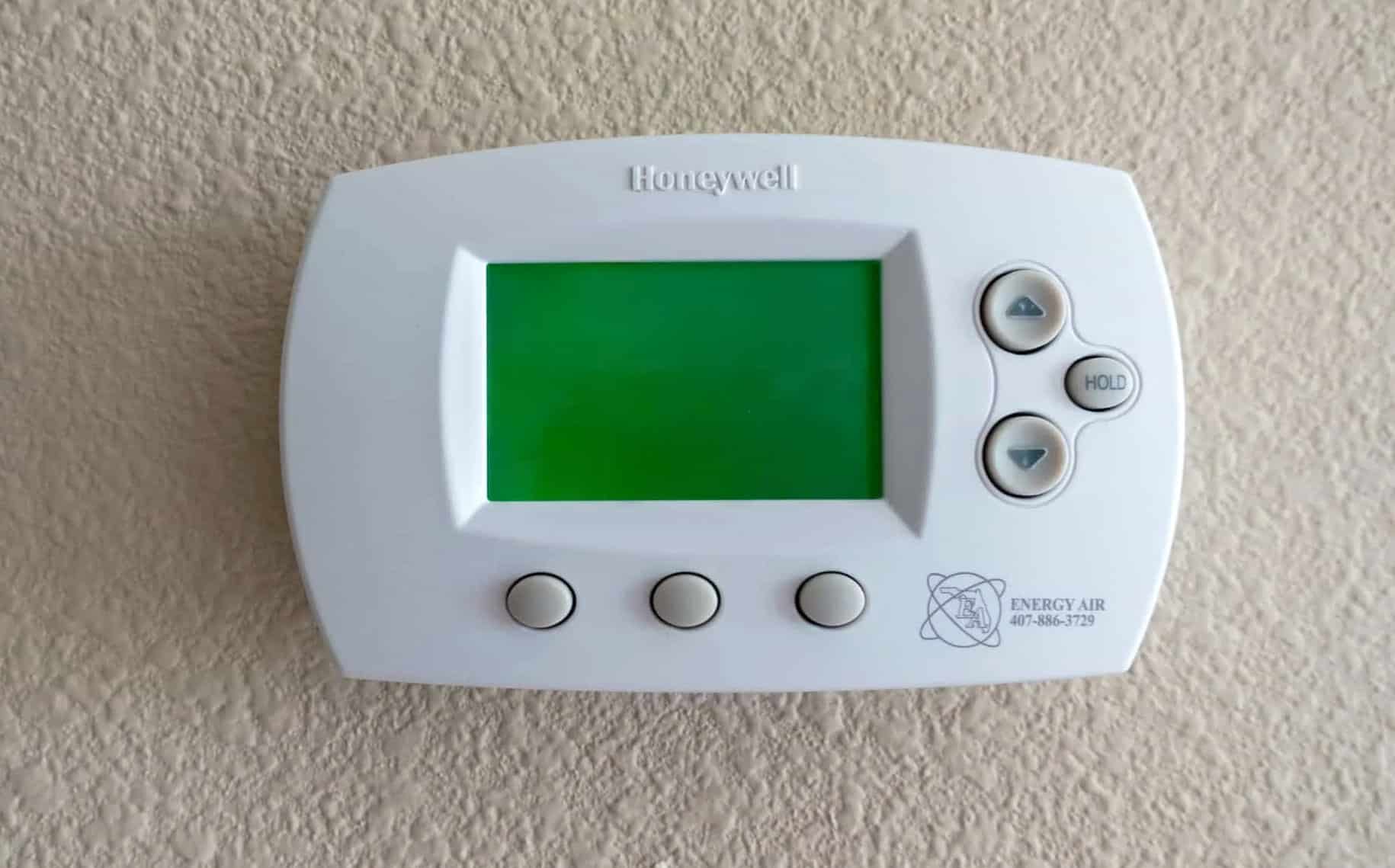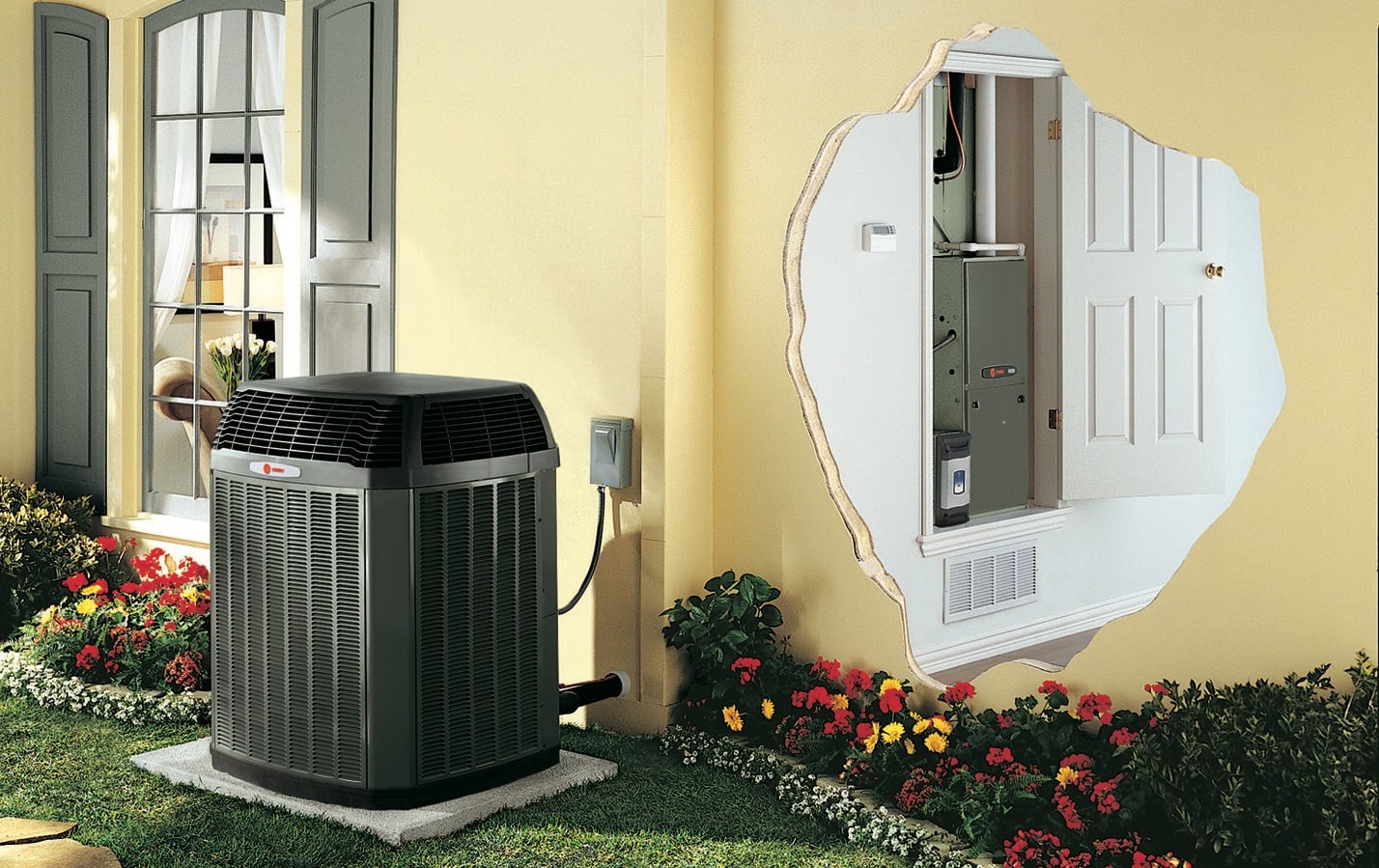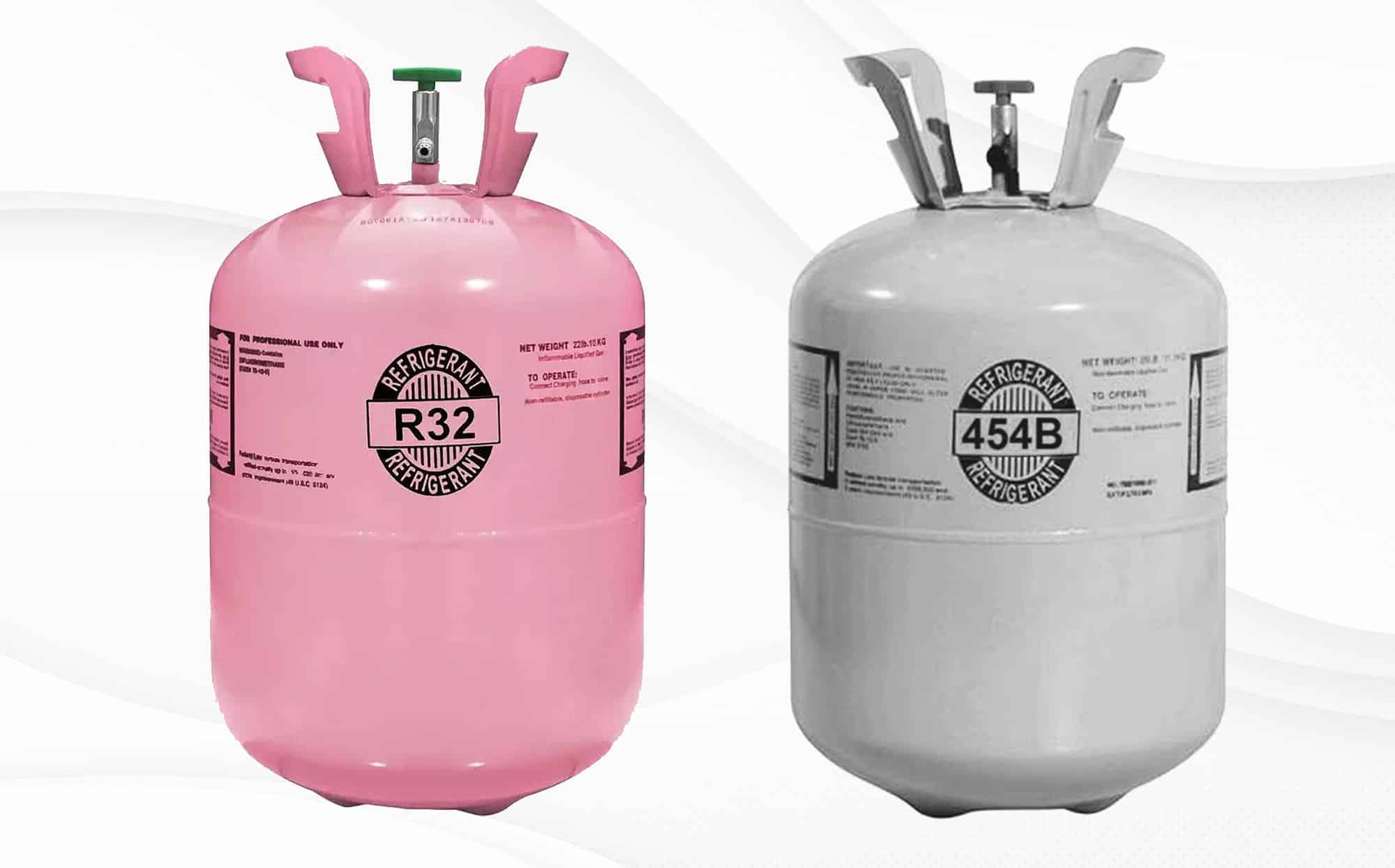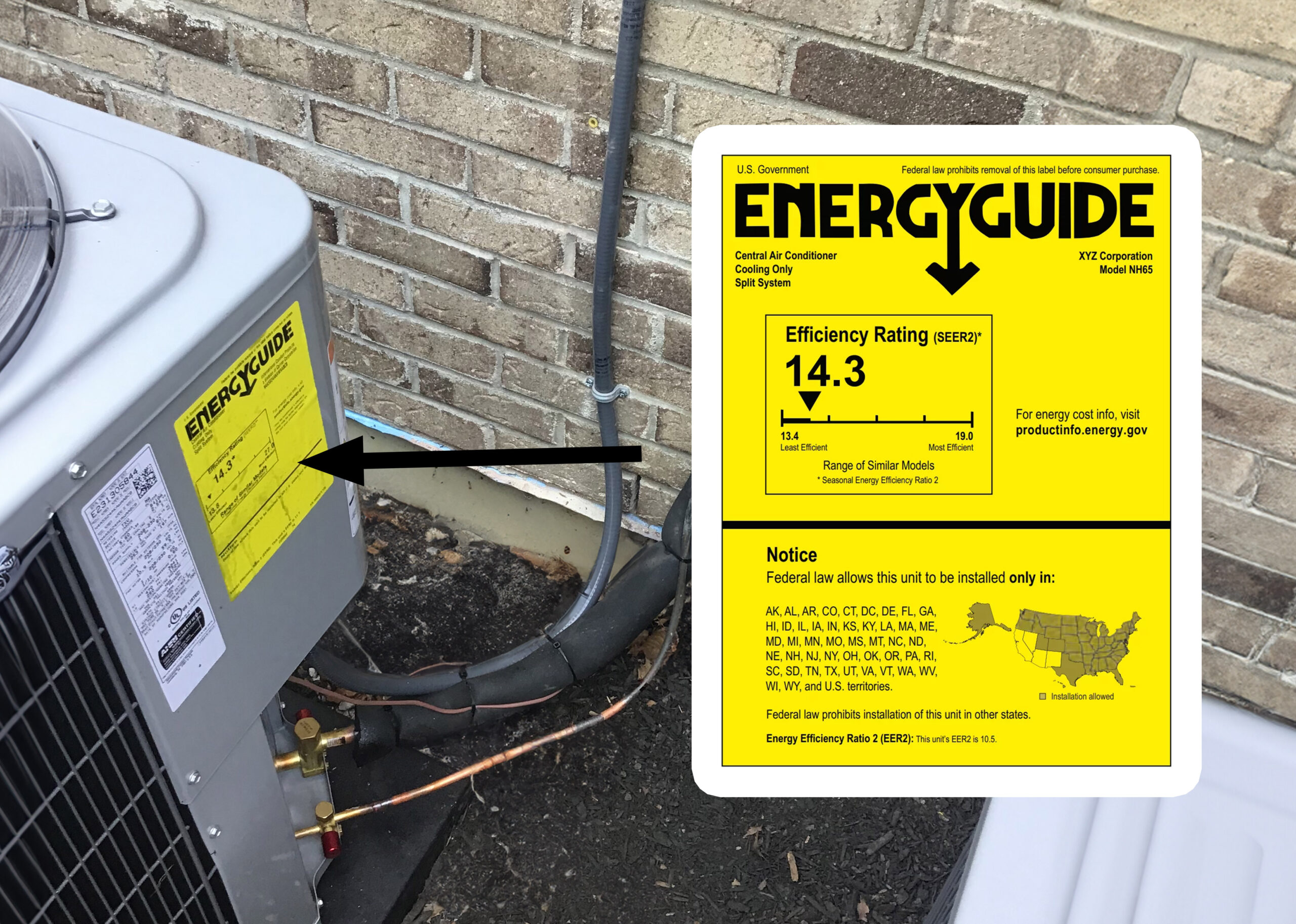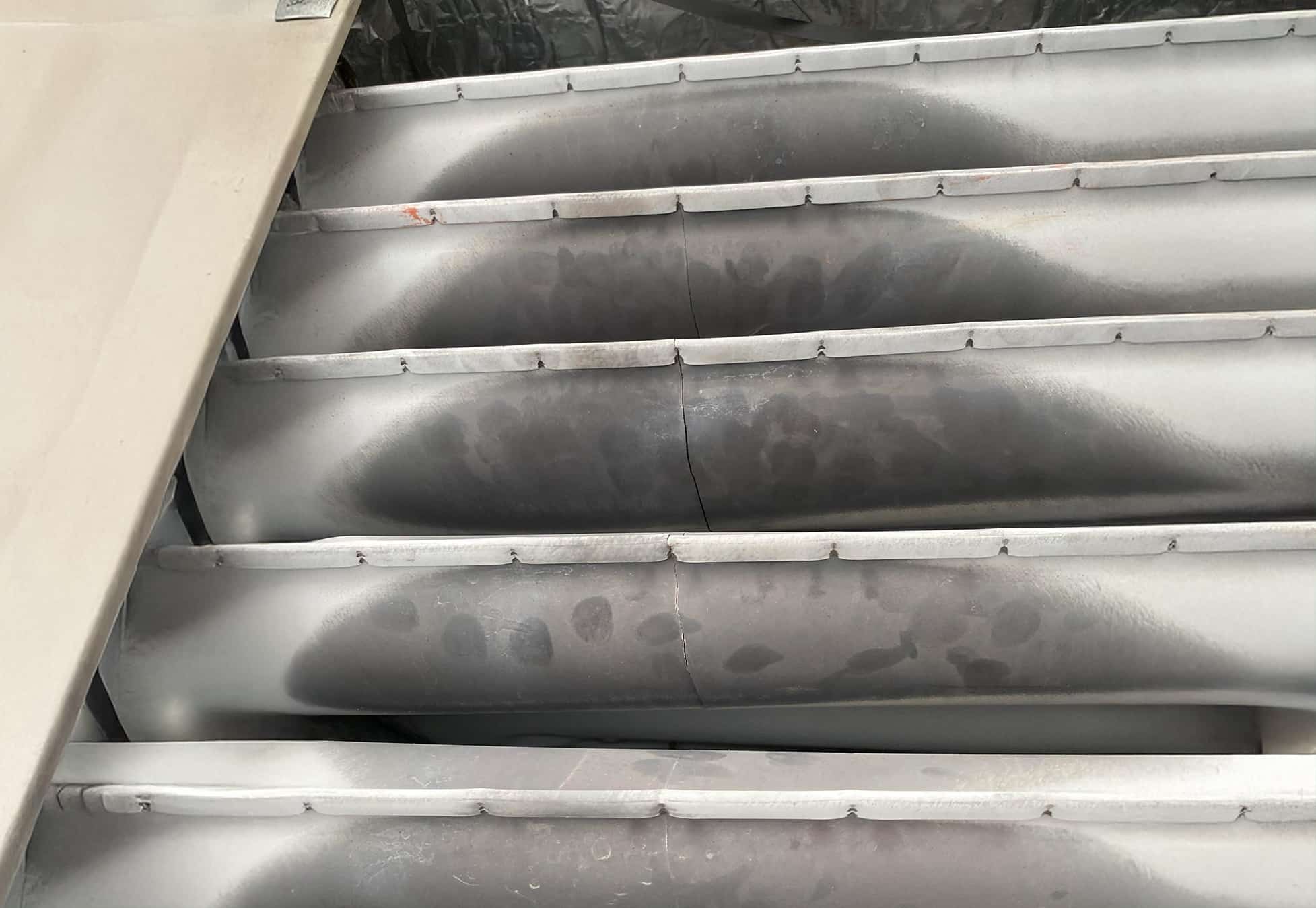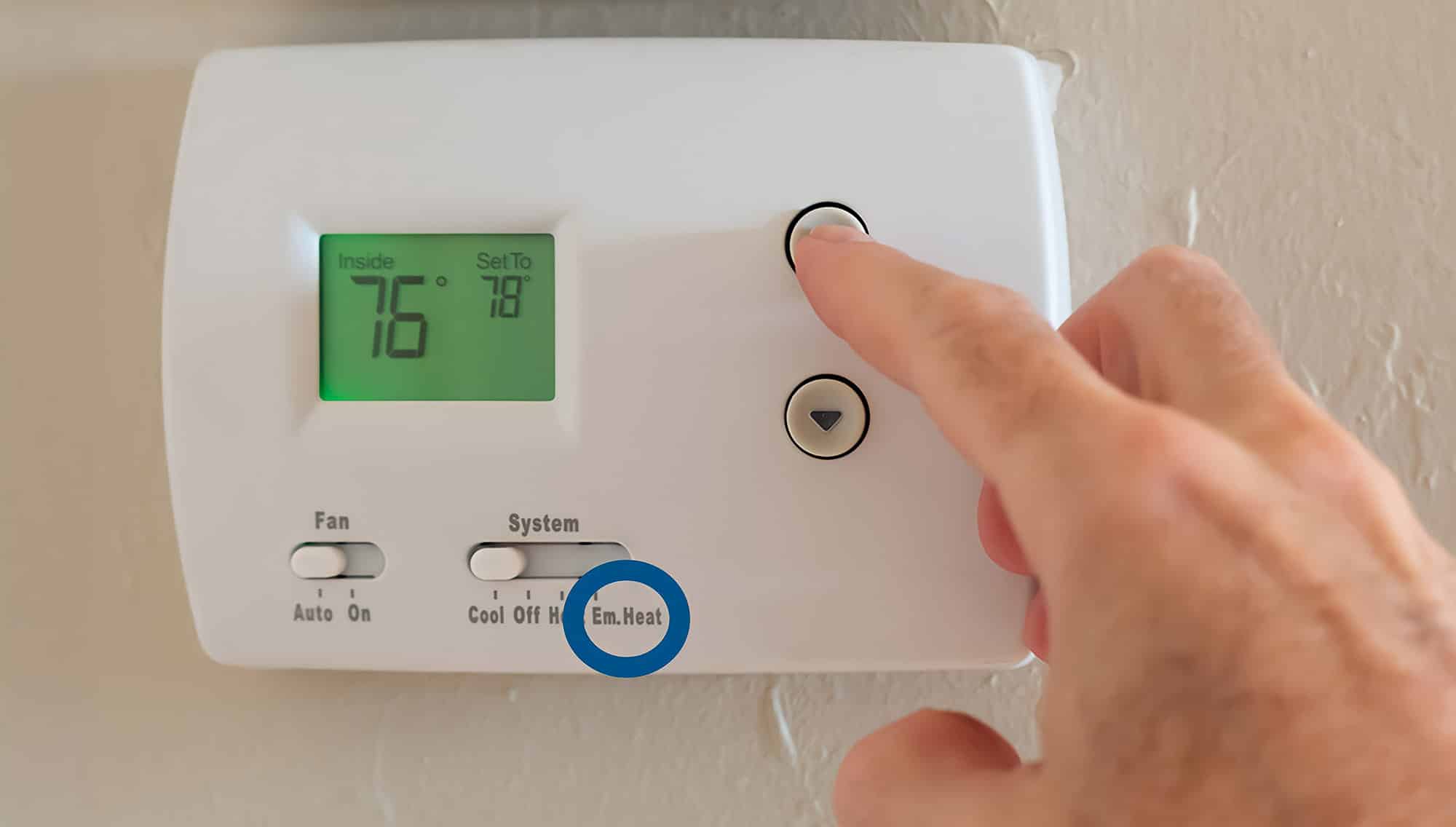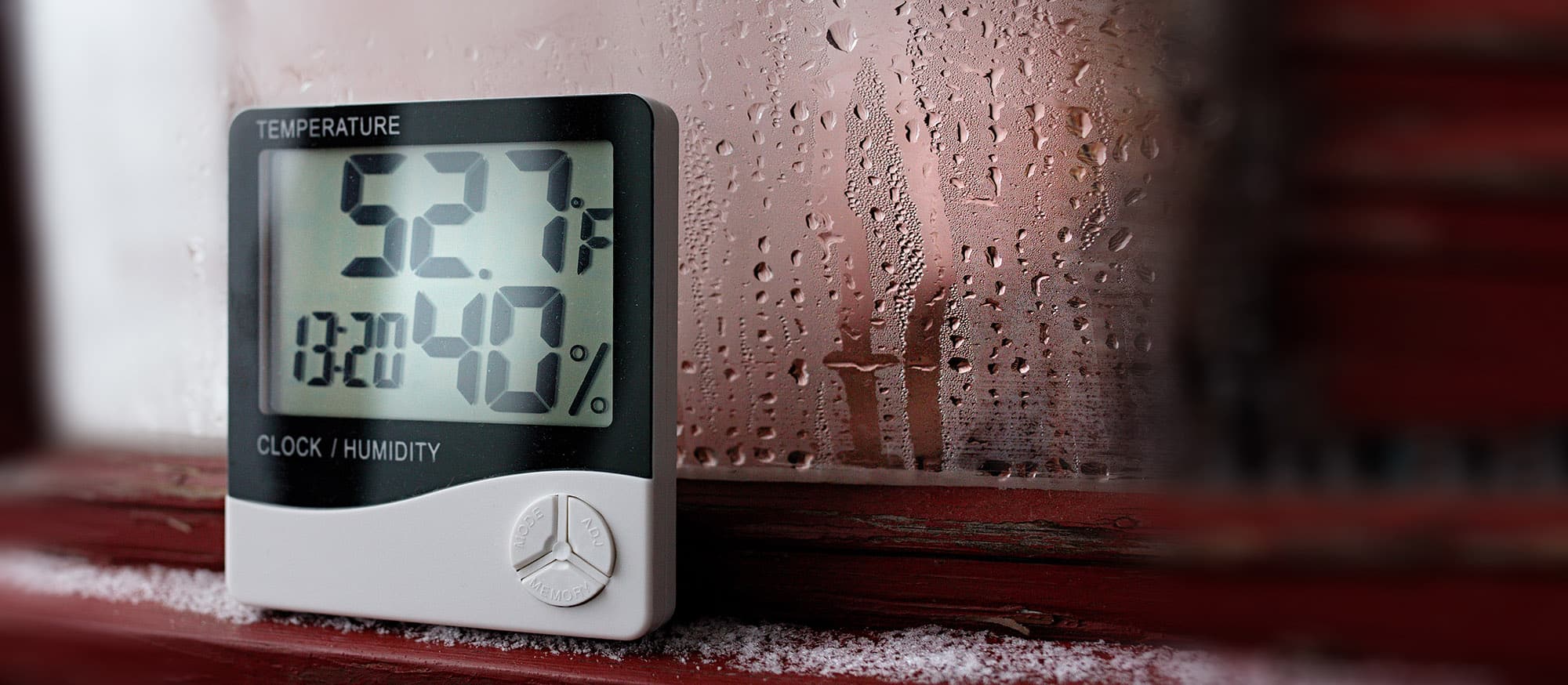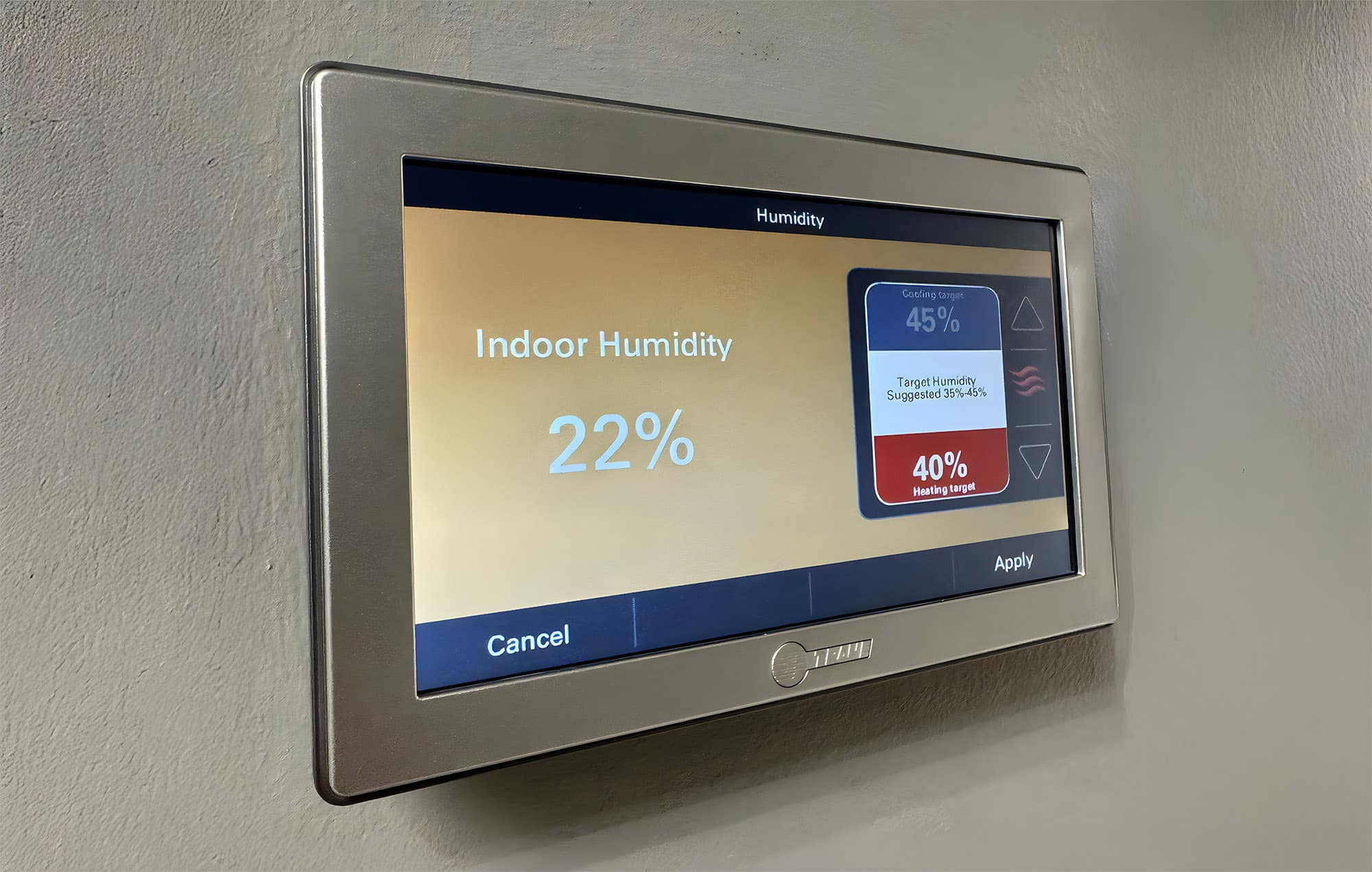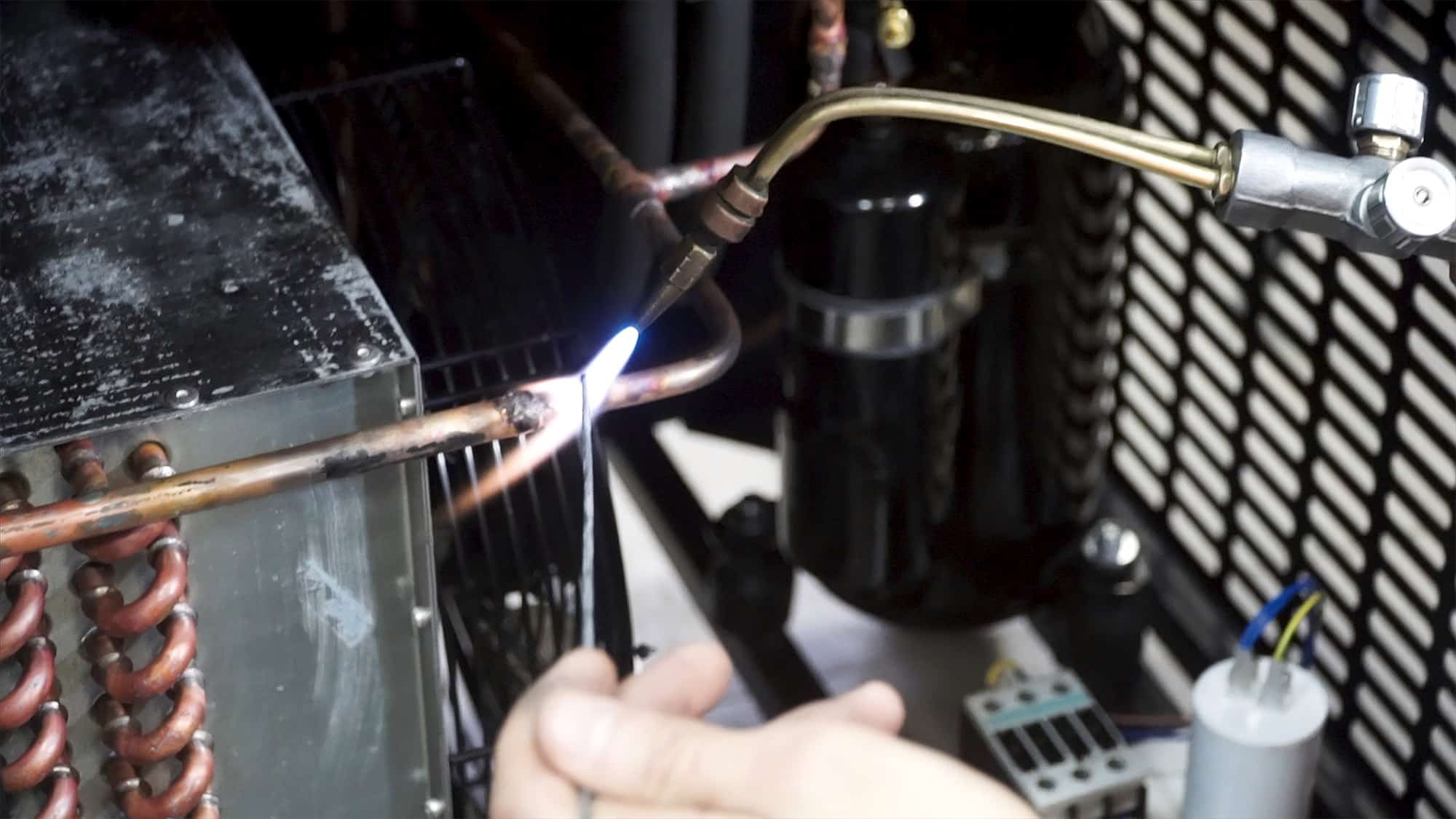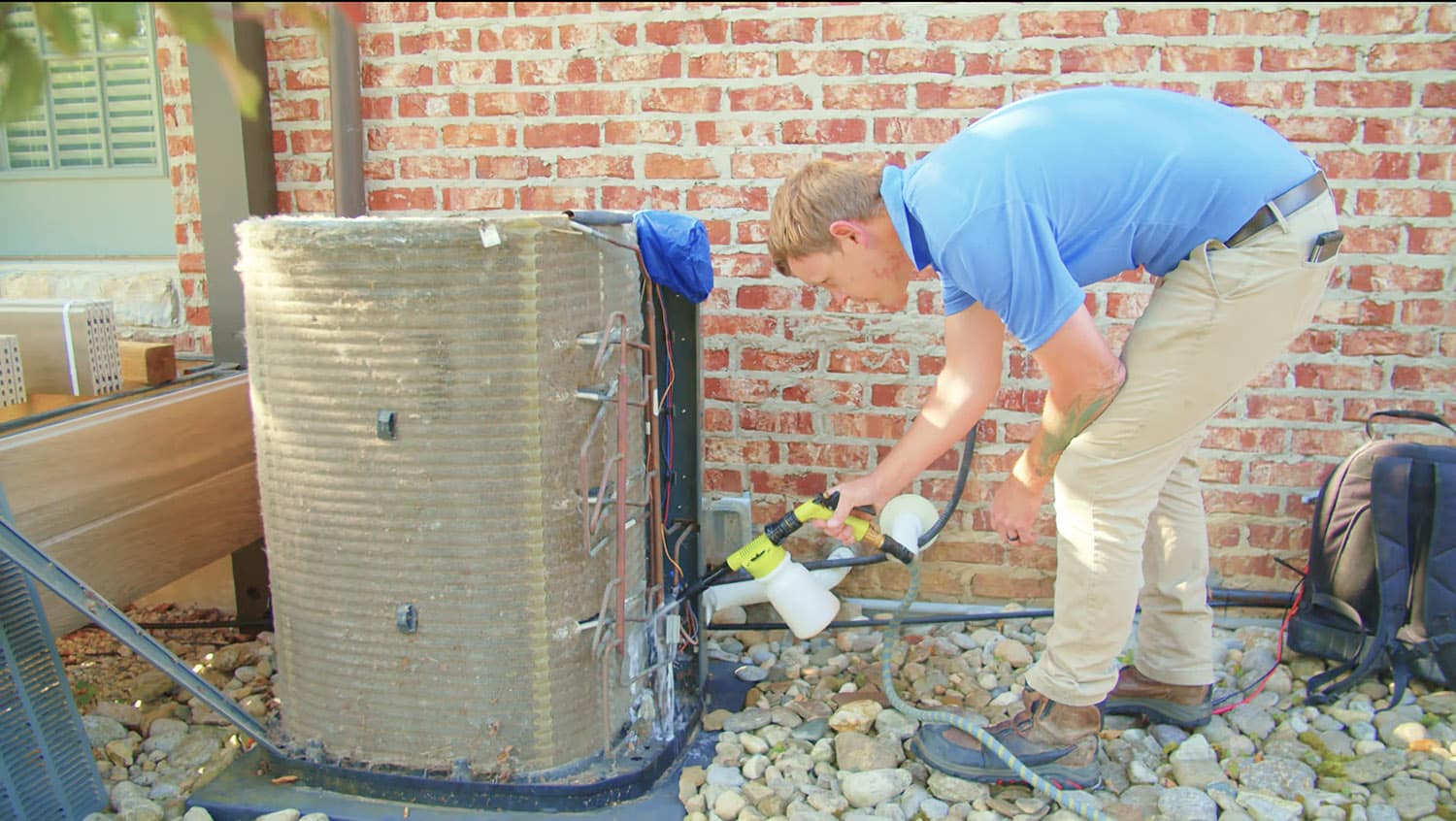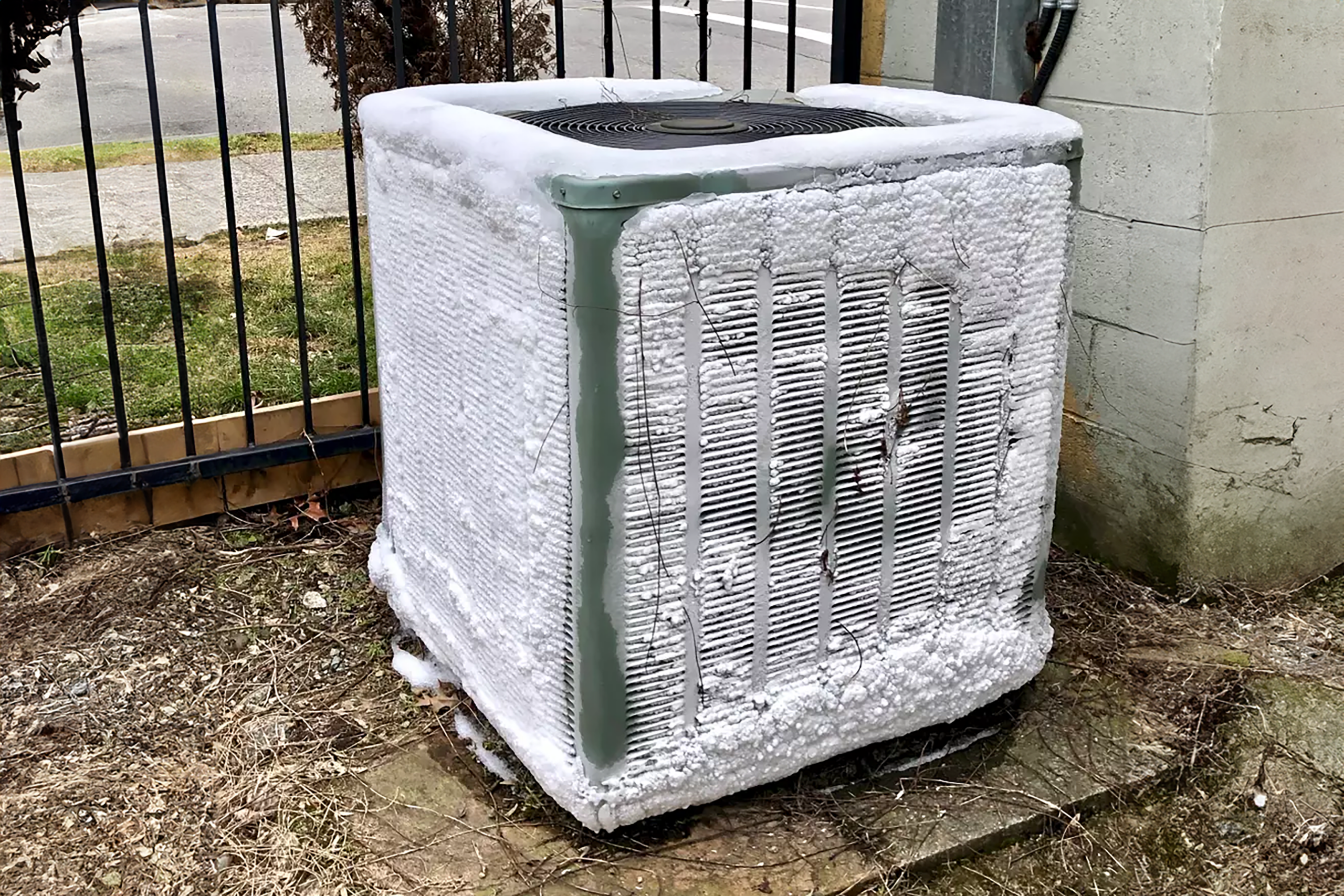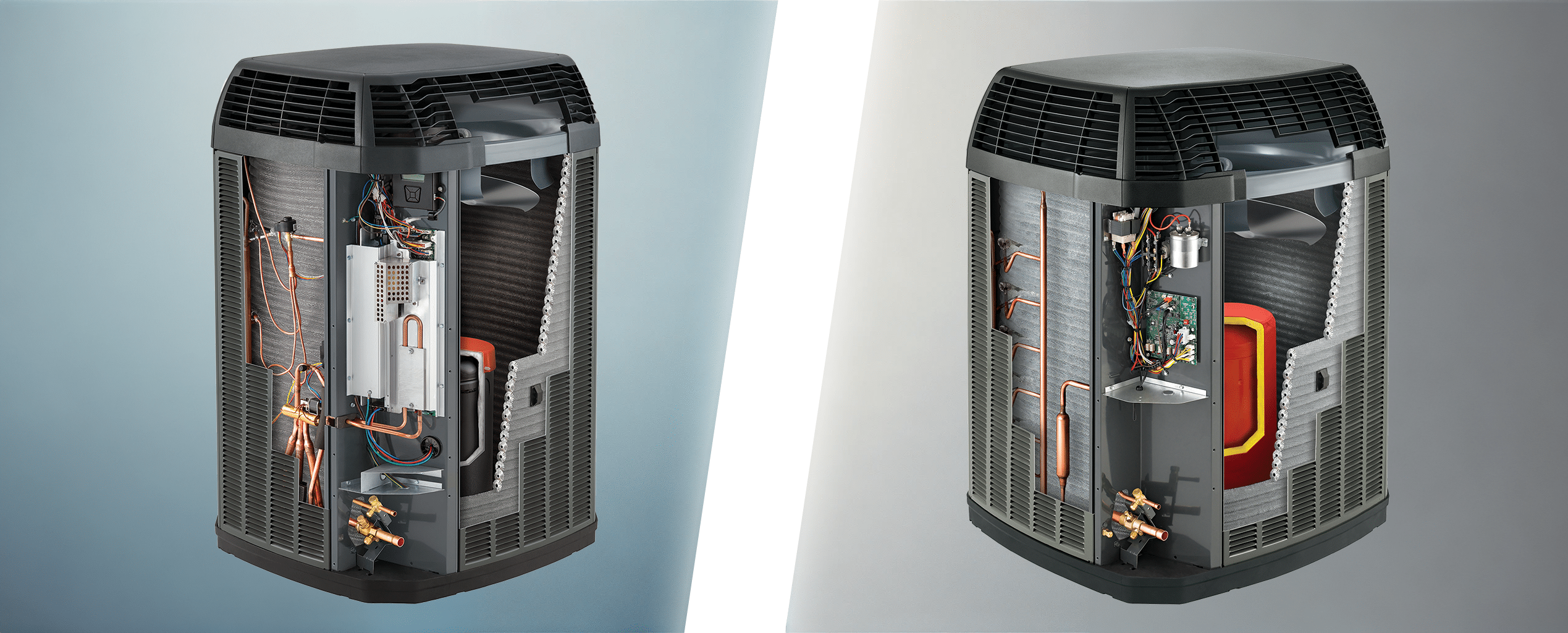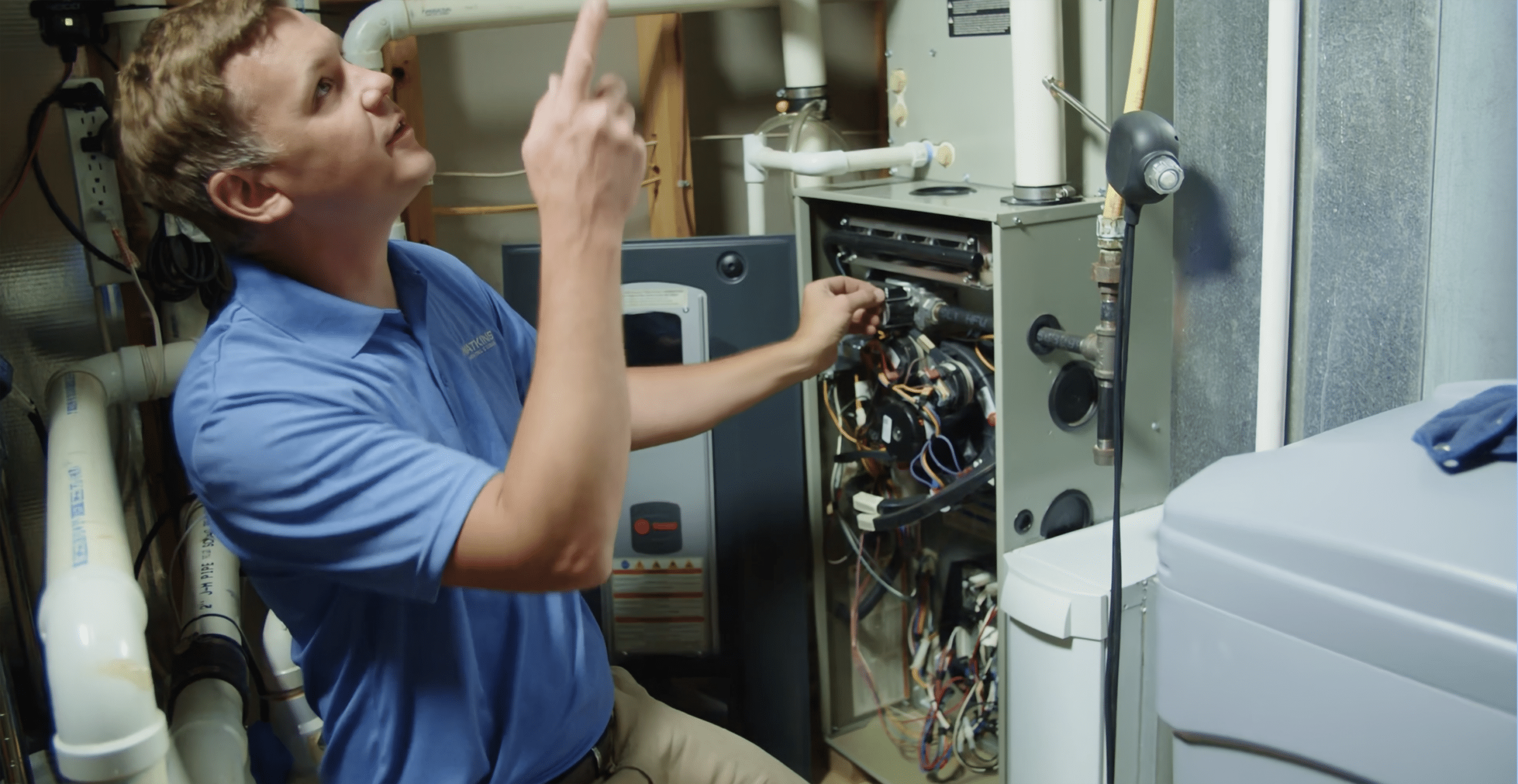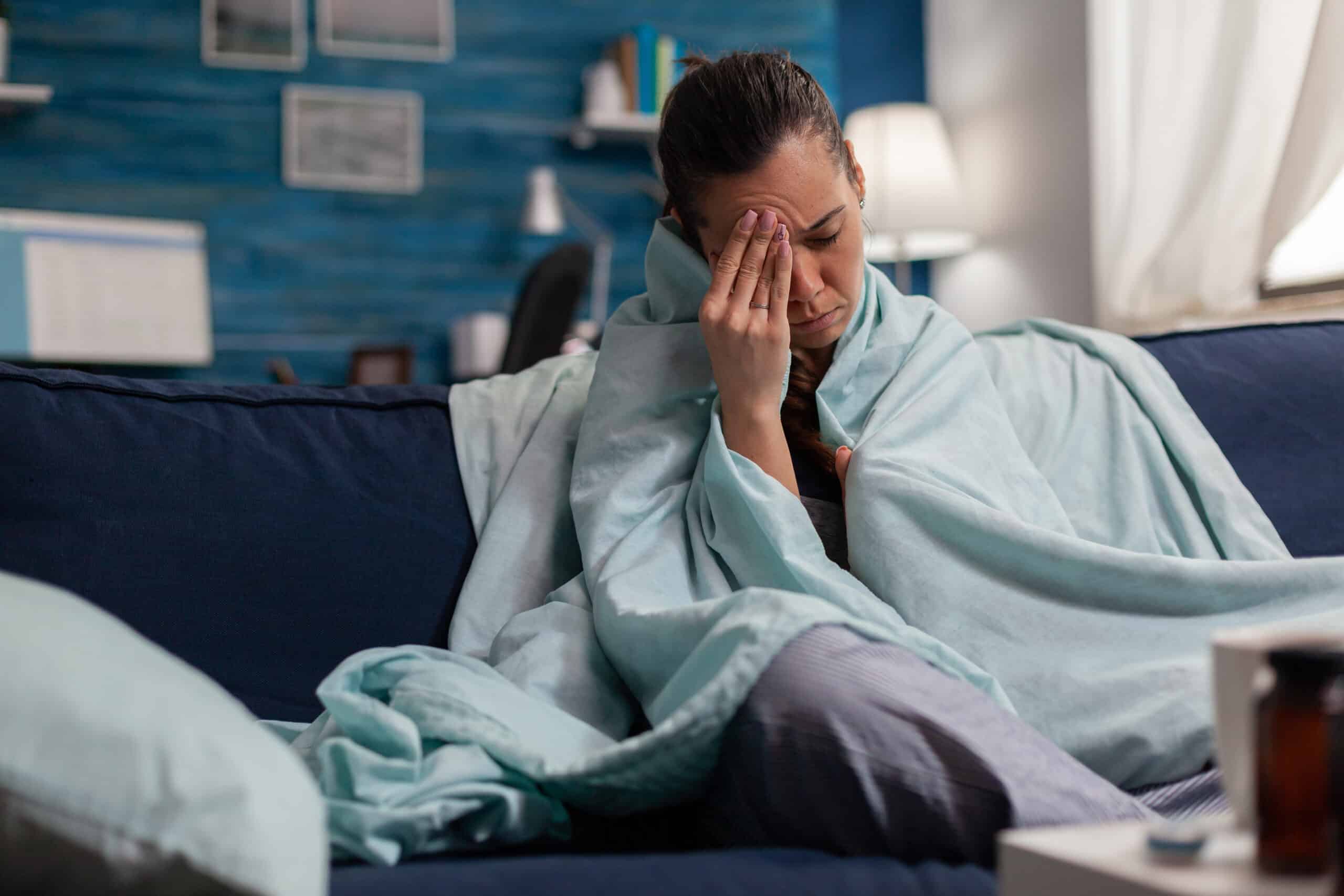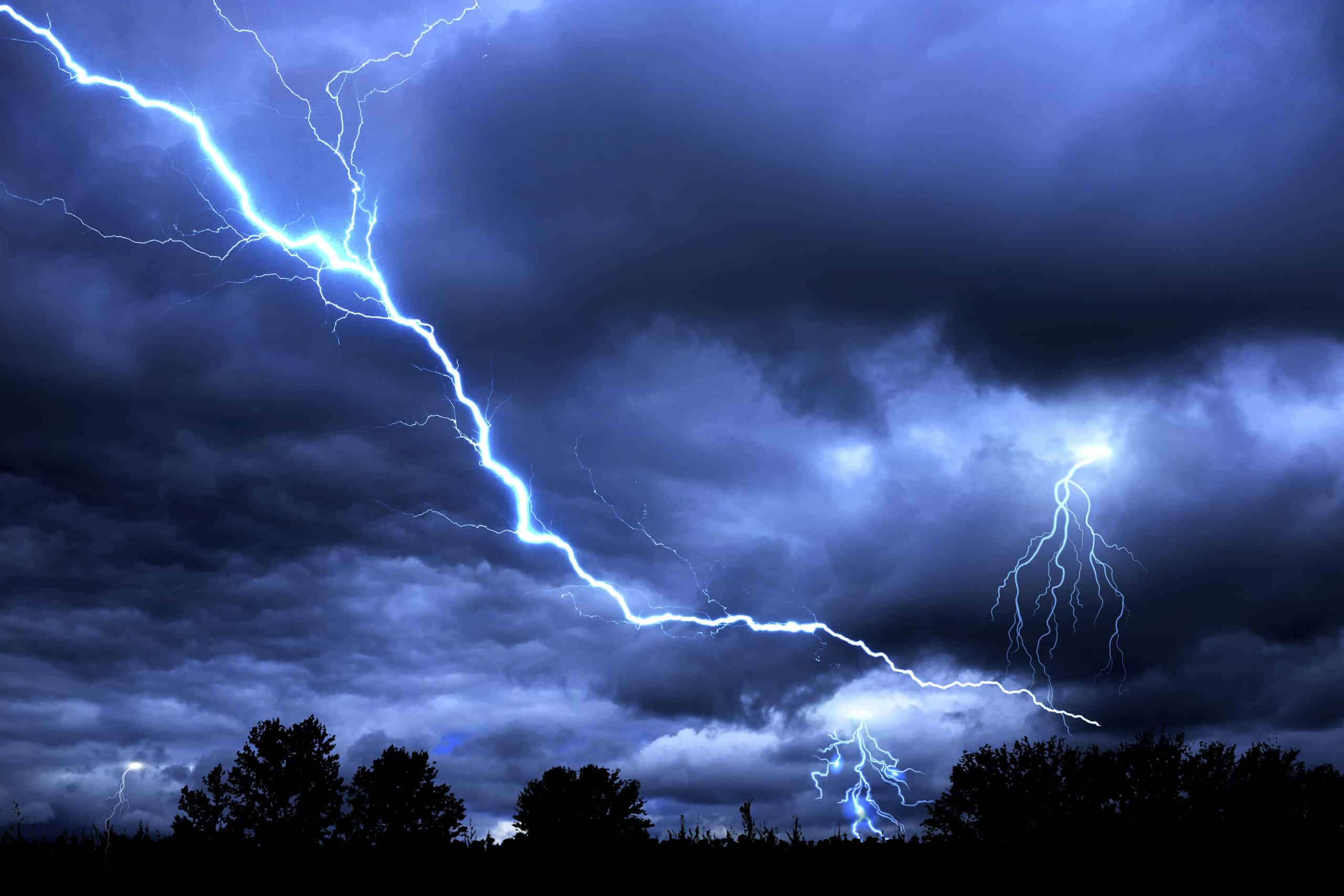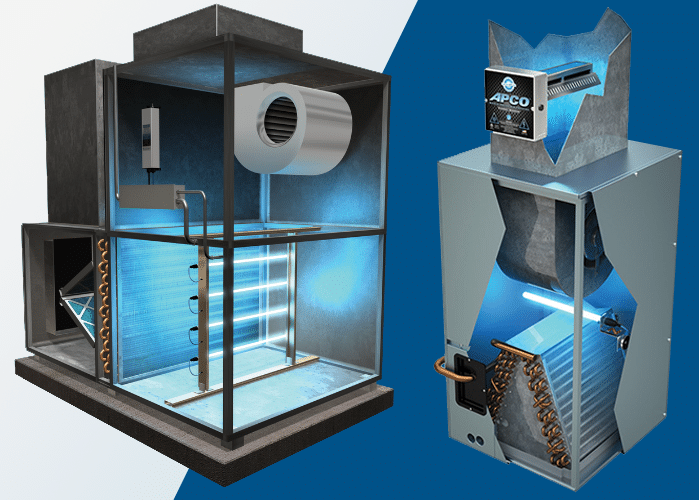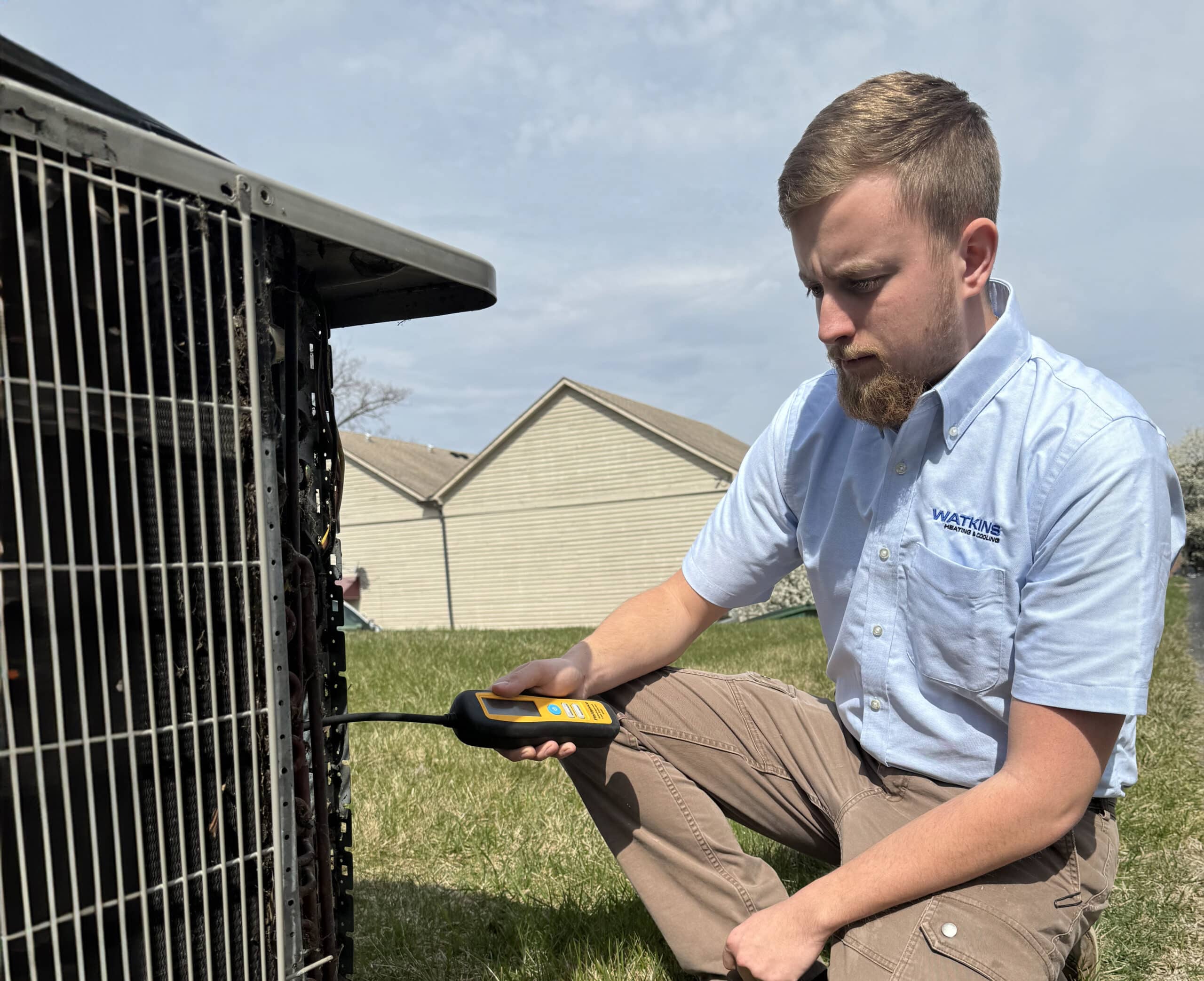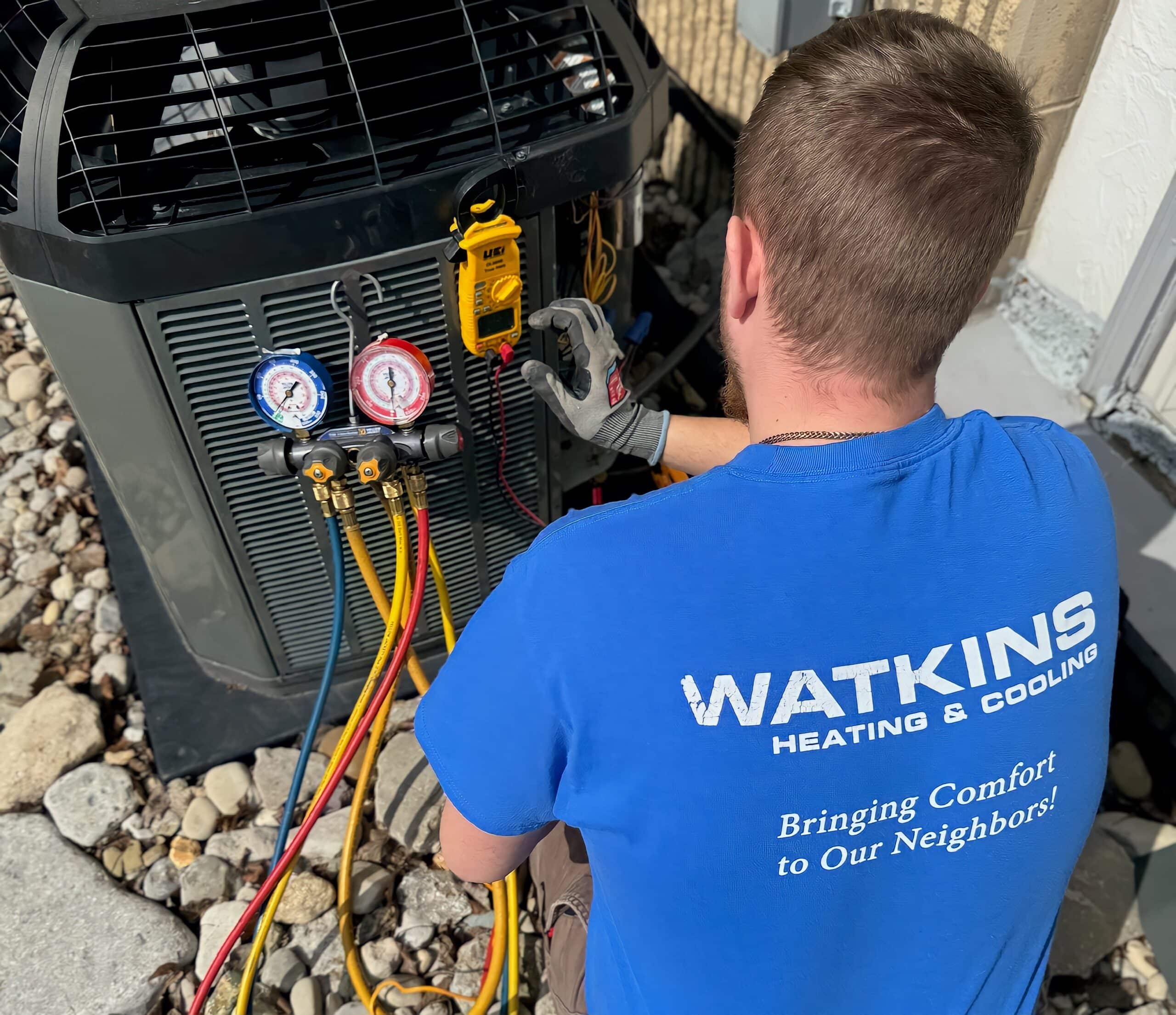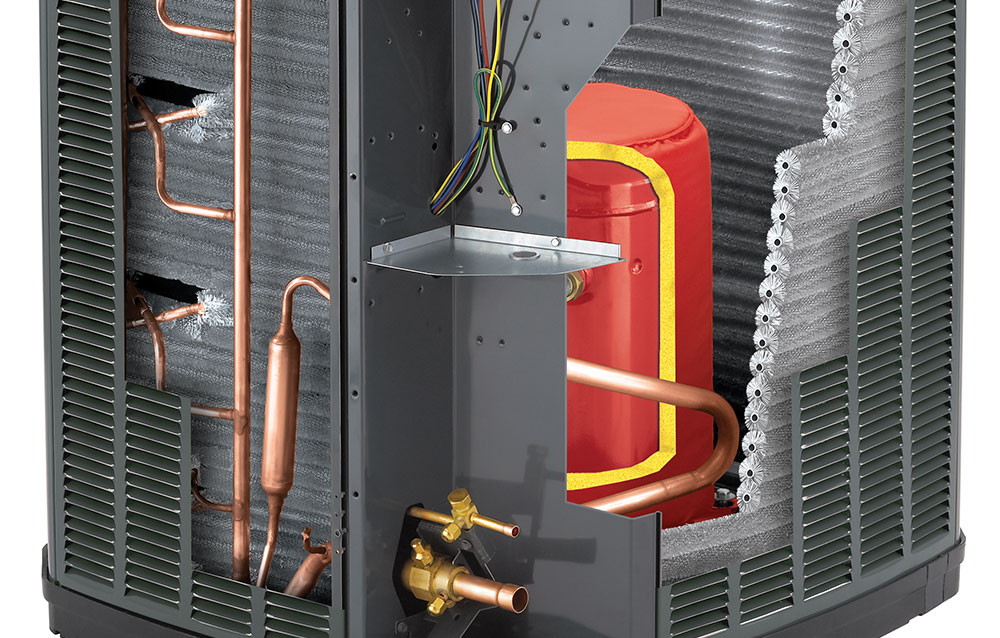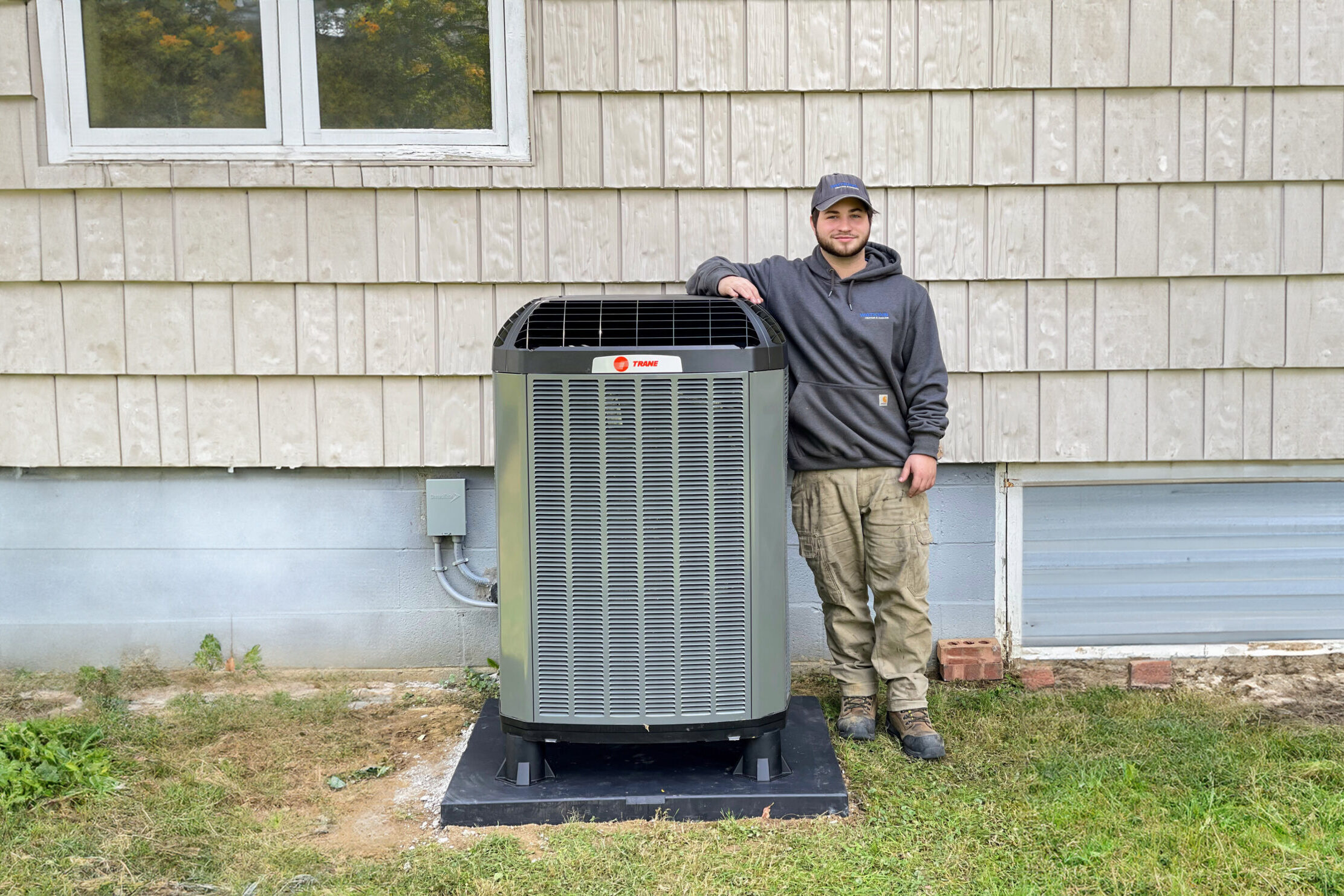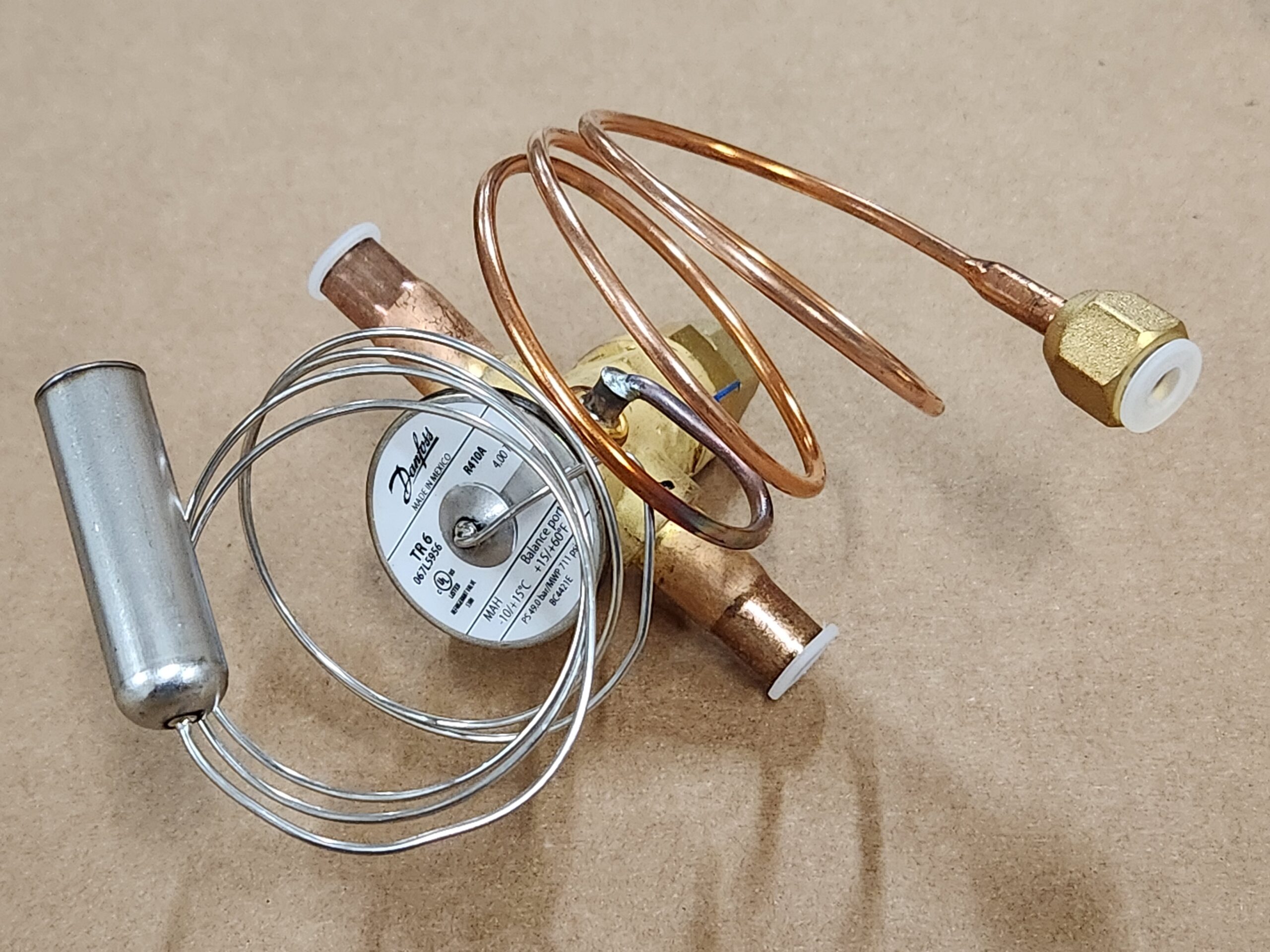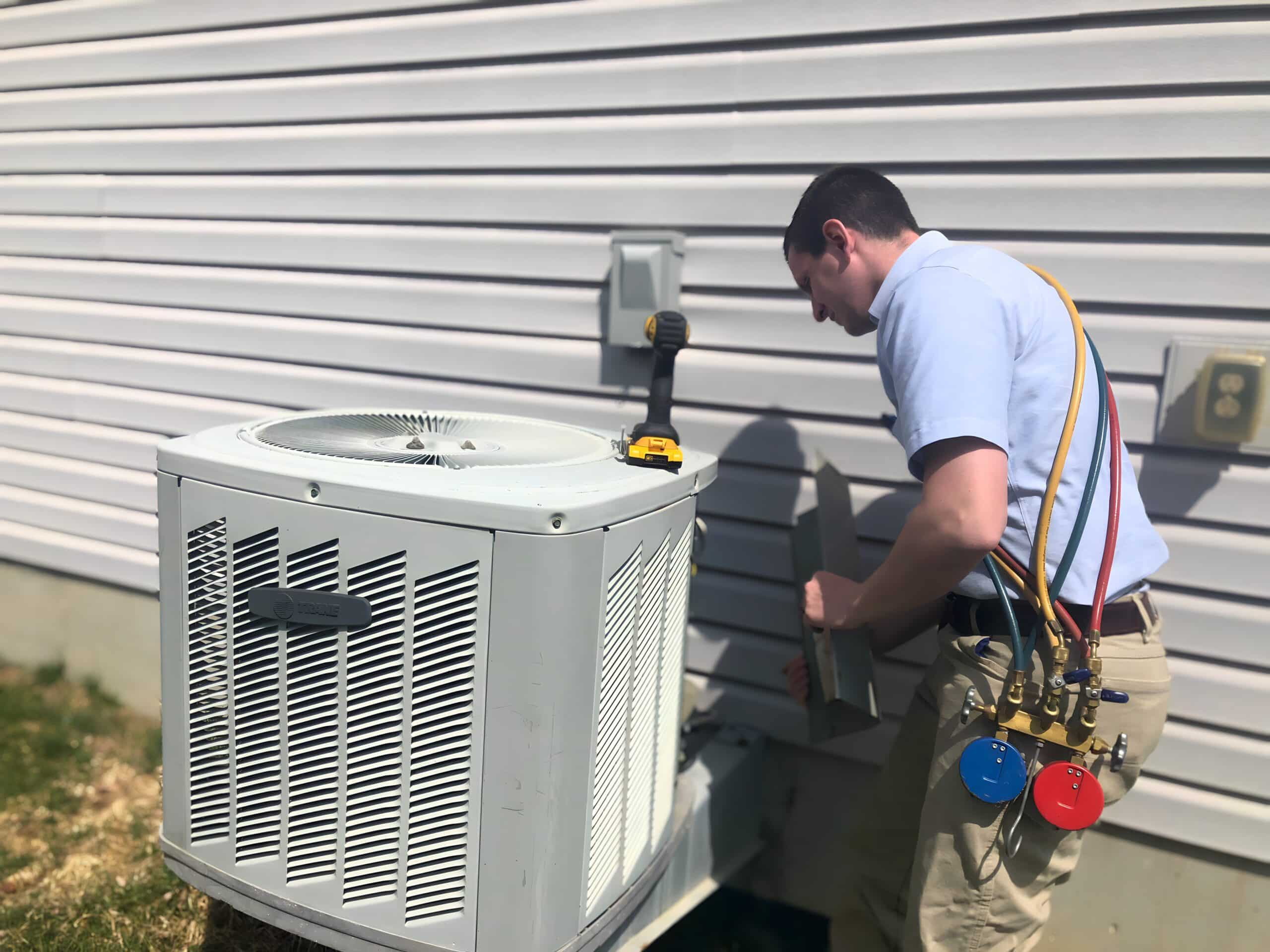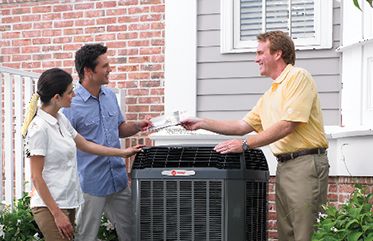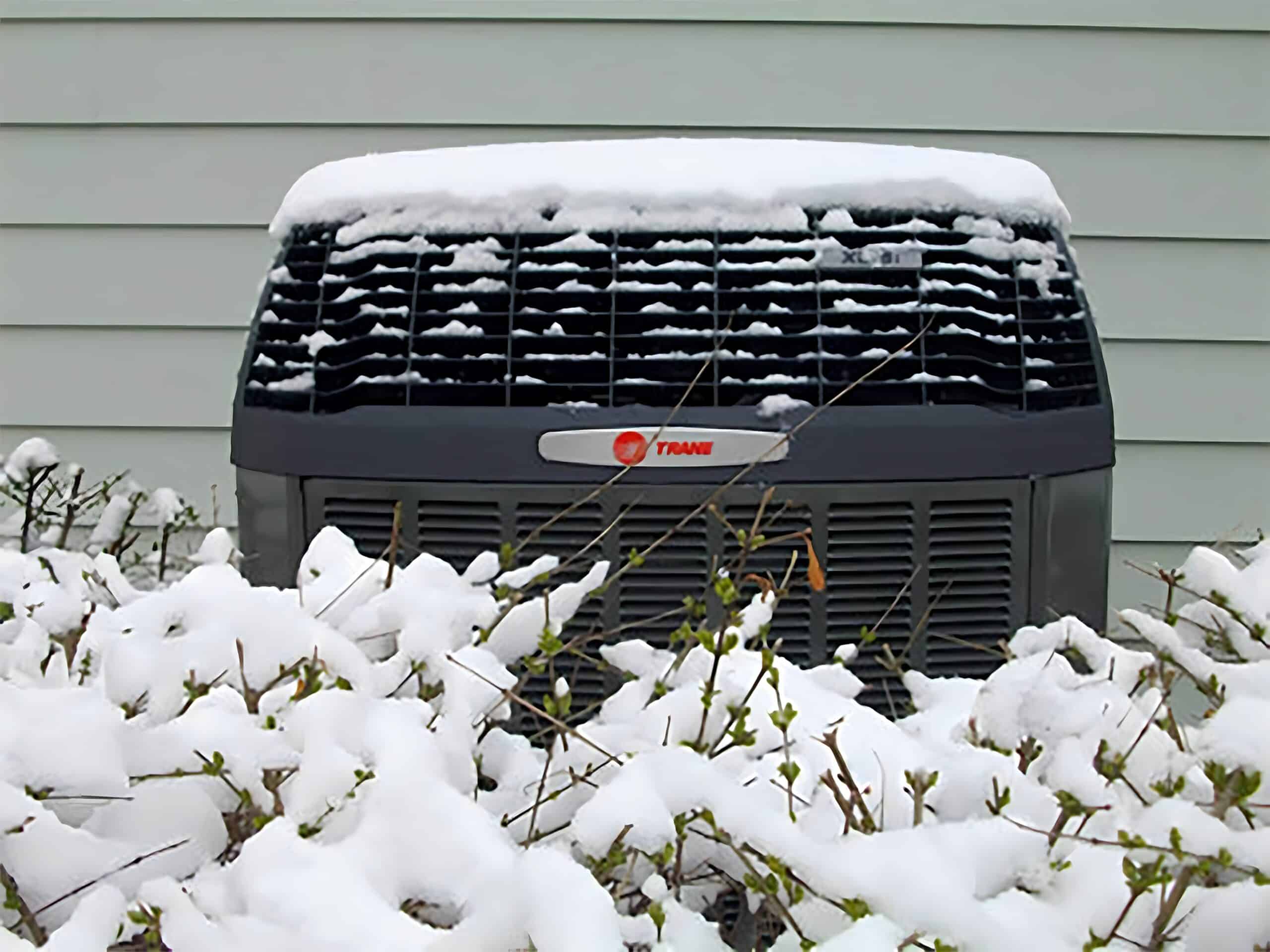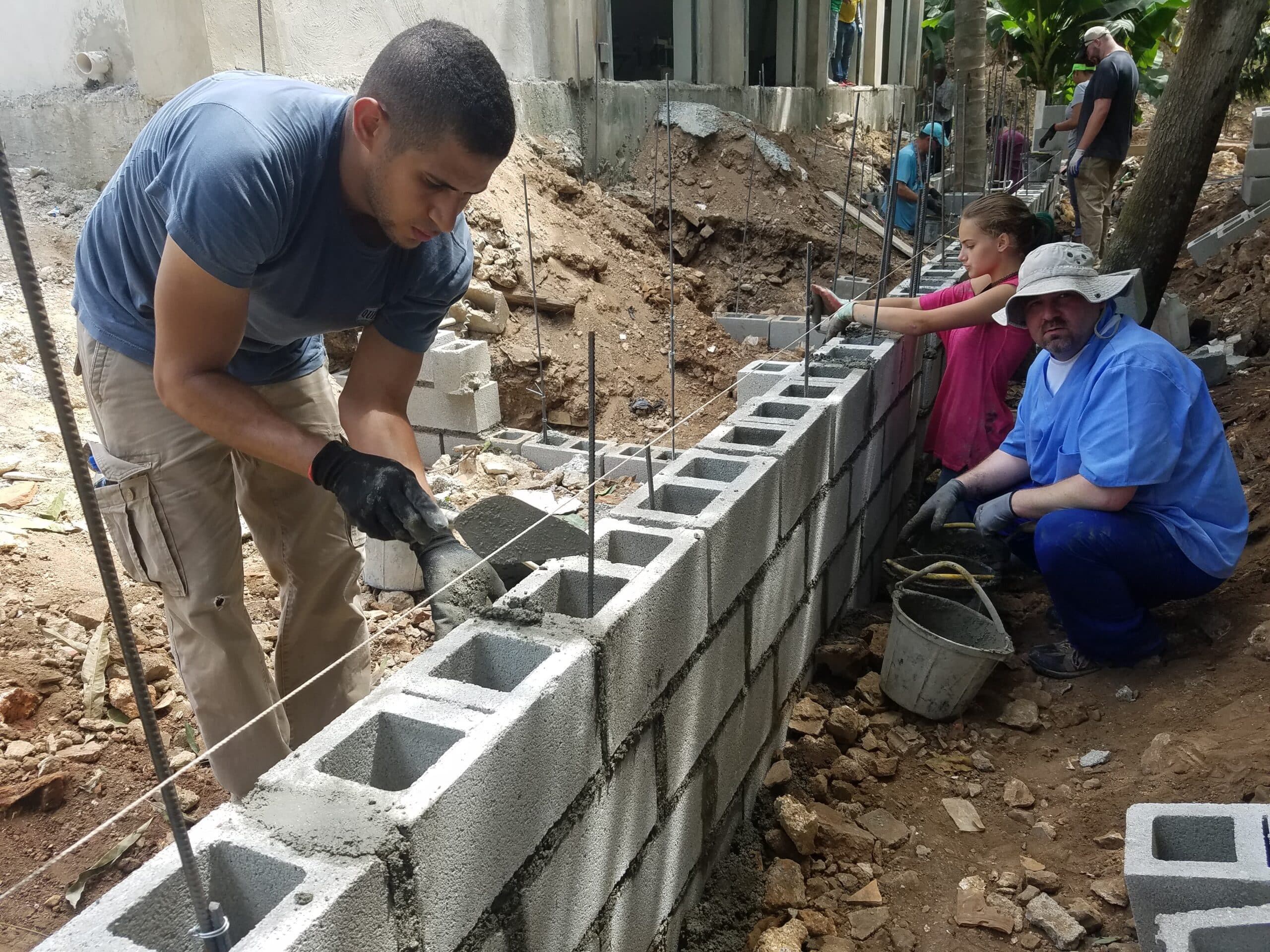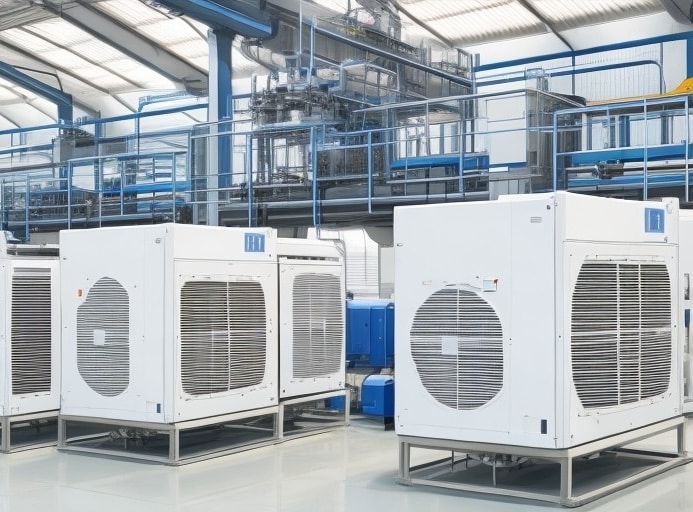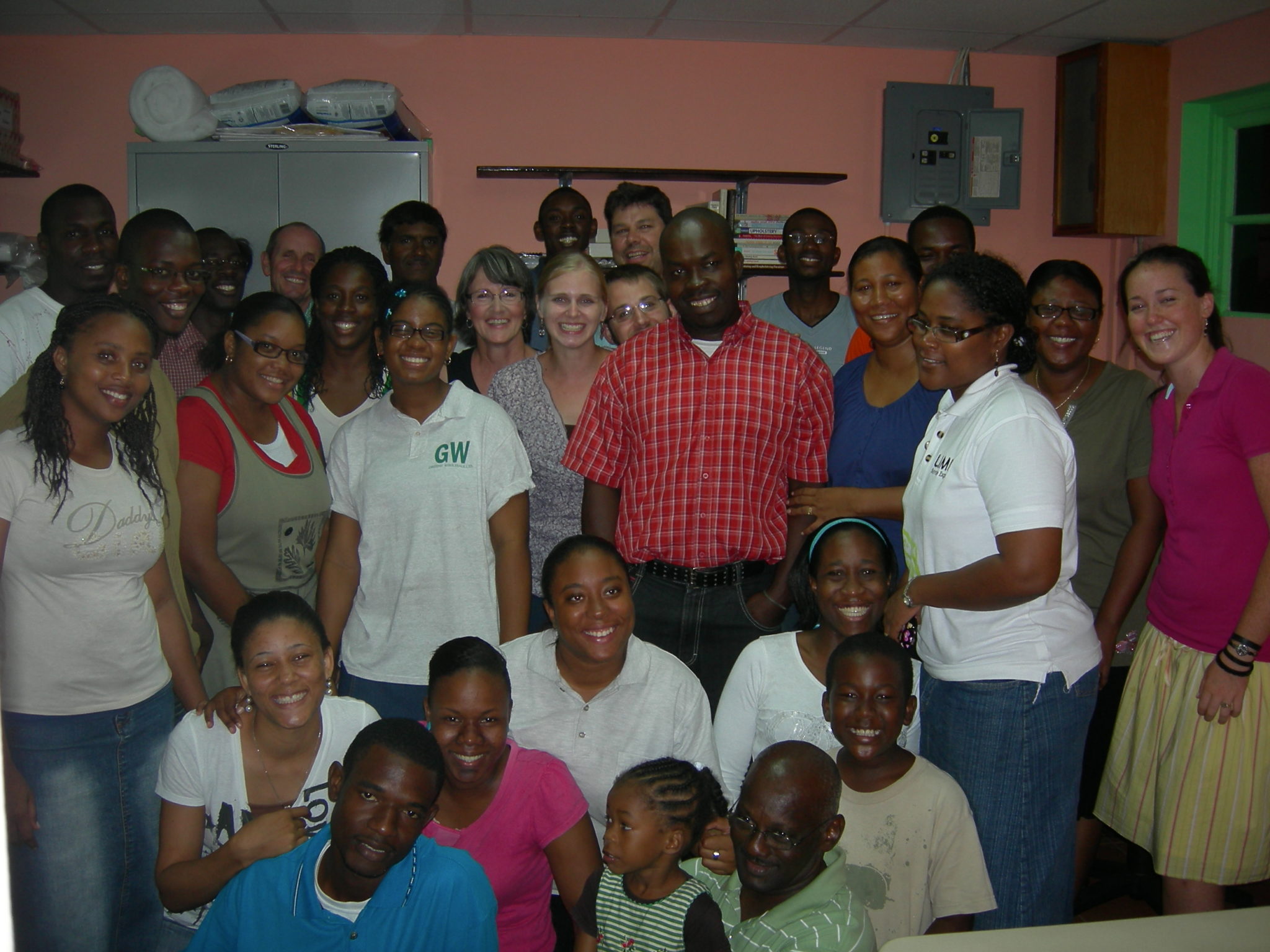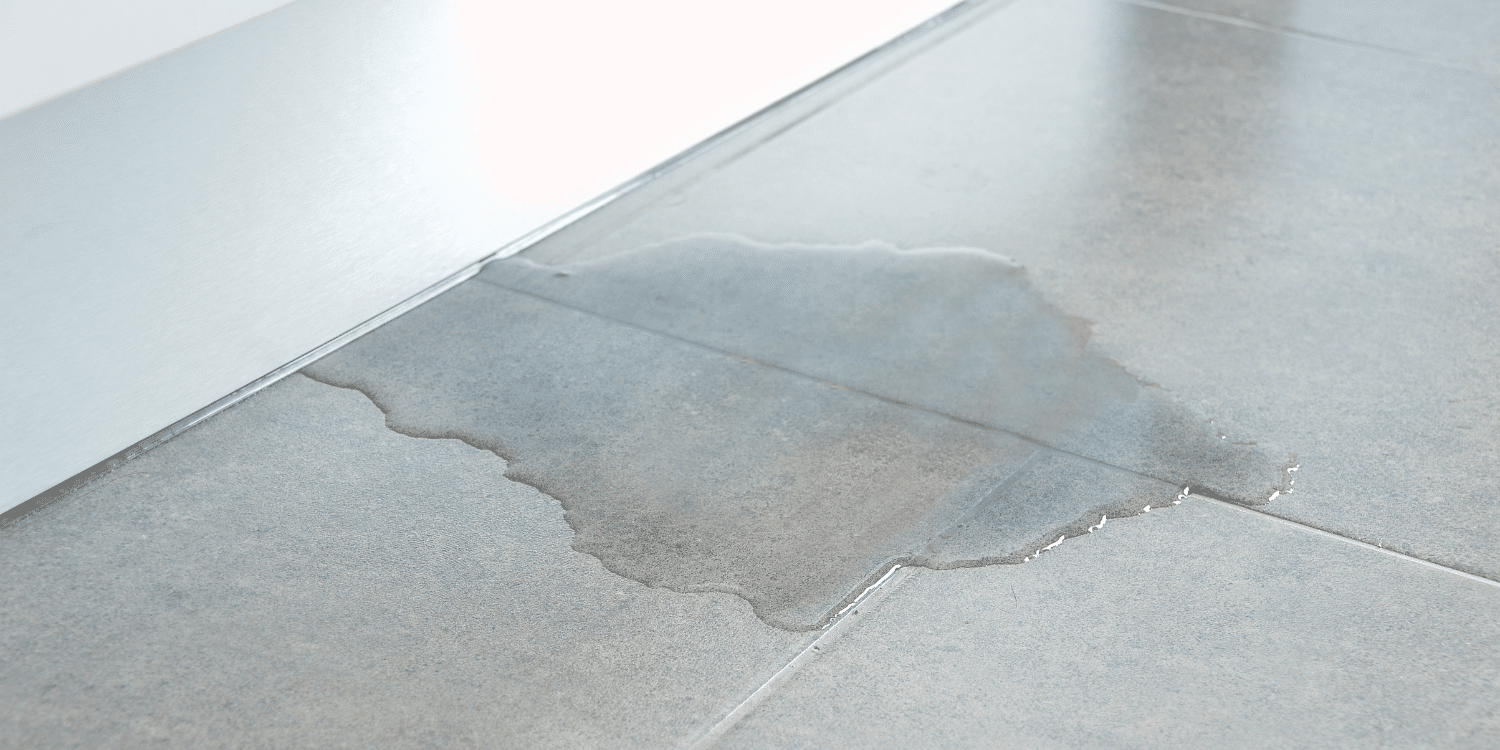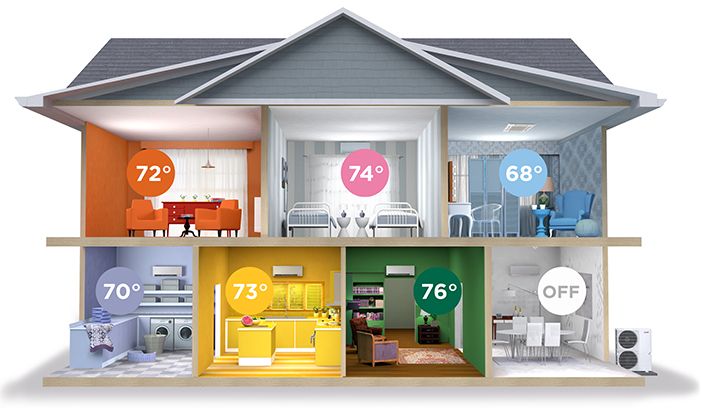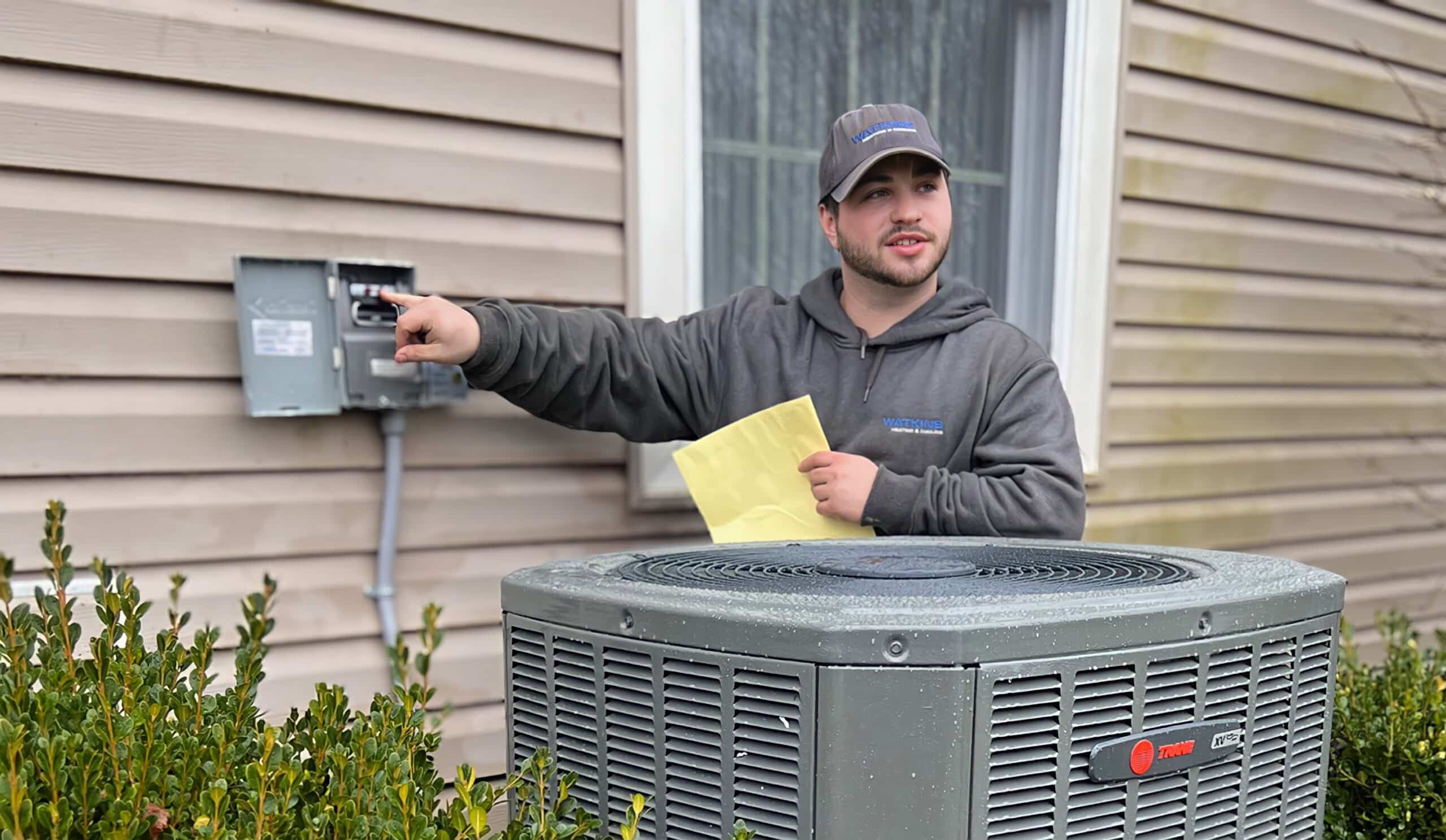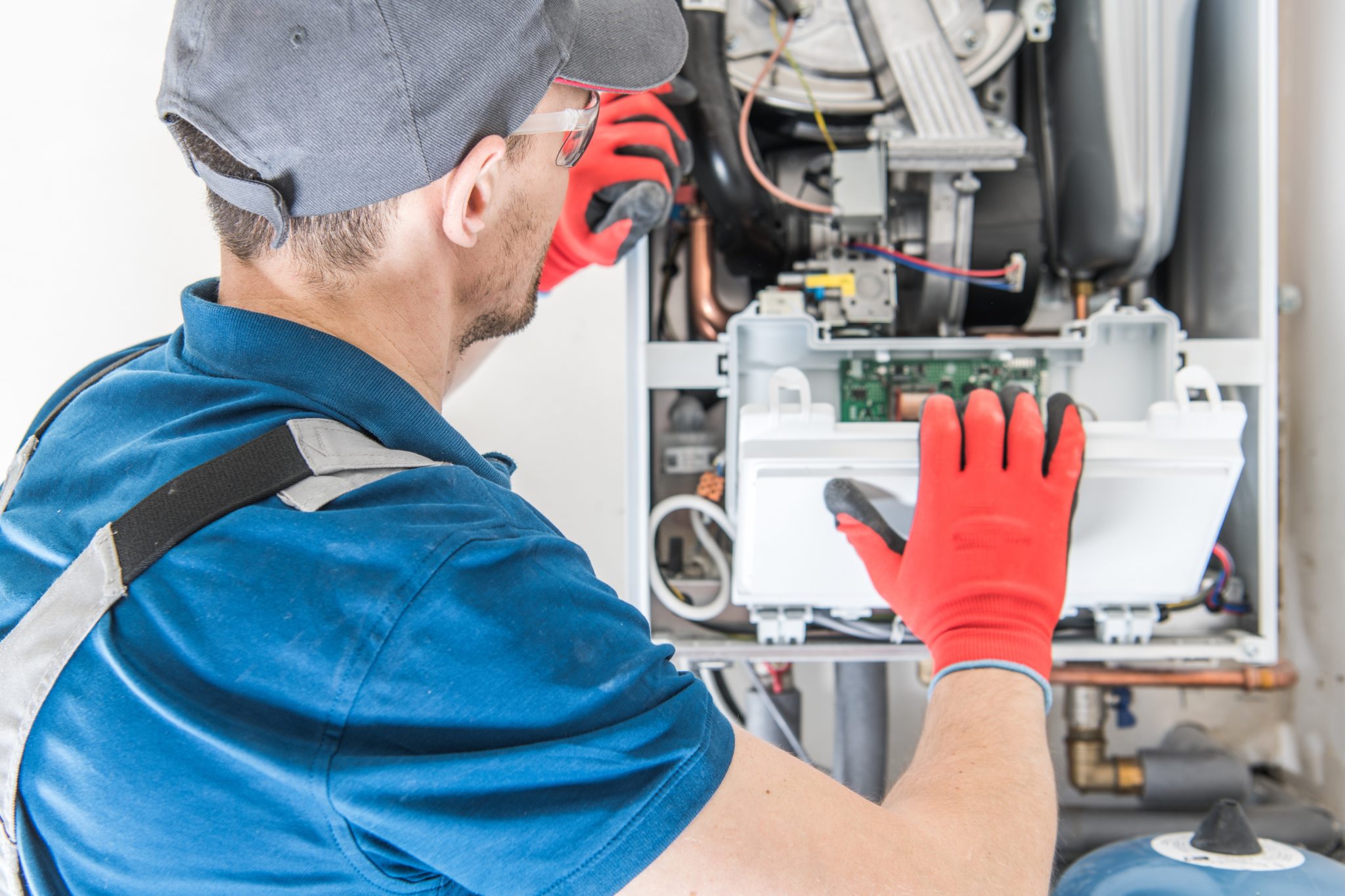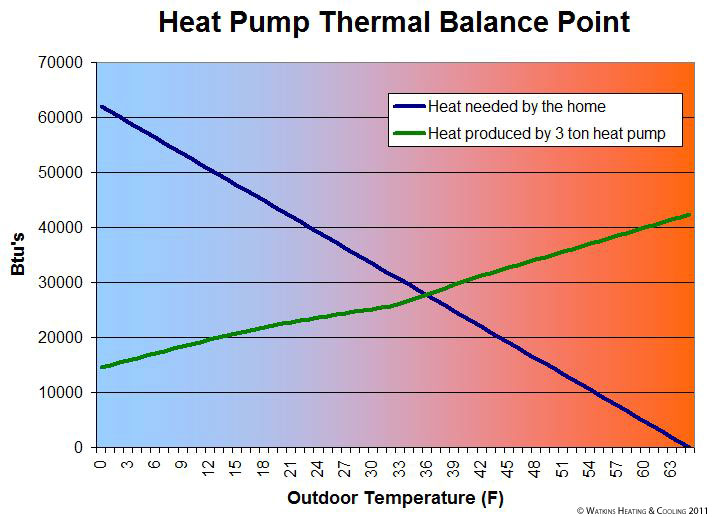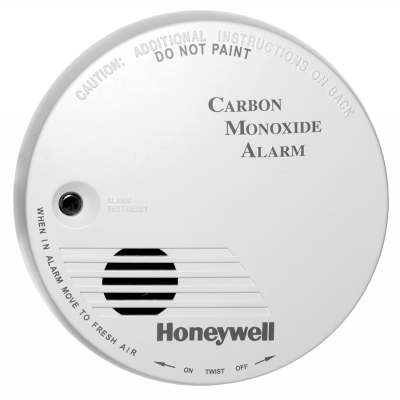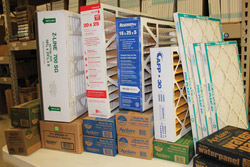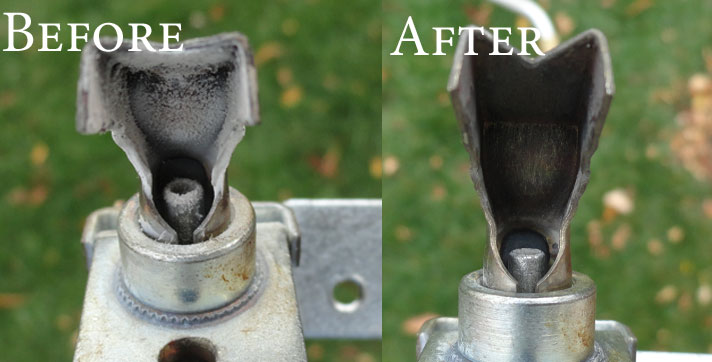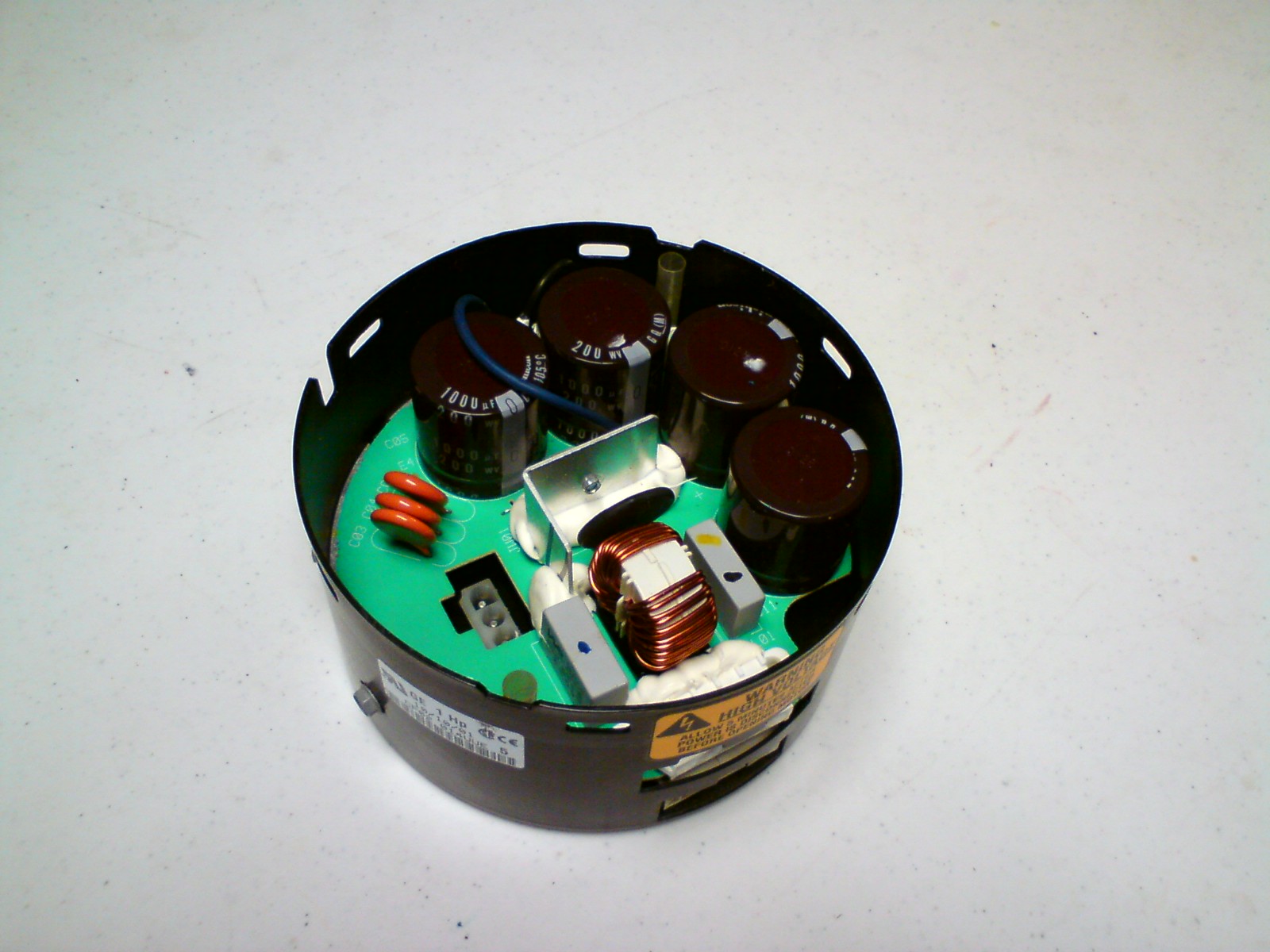Carbon Monoxide Safety
With the time-change, local news stations always recommend changing the batteries in your smoke detector. Furnace guys would extend that reminder to carbon monoxide detectors as well.
What is Carbon Monoxide?
Carbon monoxide is a colorless, odorless gas that poisons our lungs and suffocates in very small quantities. For more info on carbon monoxide poisoning, check out this FAQ sheet from the CDC. CO gas is a natural product of combustion, whether from your furnace, gas range, or an internal combustion engine (car, lawn mower, etc.). When your furnace or water heater operates correctly, all the carbon monoxide goes up the chimney. A malfunction in the furnace or incorrect installation of the venting can draw the poison gas into your home.
4 Steps to Protect Your Family from Carbon Monoxide
- Have your heating system installed by a licensed professional to insure that building codes are followed.
- Get a safety check and tune-up for your furnace every year. A good heating technician can verify proper venting and check the heat exchanger for cracks.
- Never allow your car, lawn mower, or gas generator to idle in an attached garage.
- Install a CO detector on each level of the house and verify operation monthly.
CO detectors save lives
I have personally been on a call in Clearcreek Township where a good CO detector saved lives. A family was awakened at 3am by their co detector, and they were all able to safely evacuate the home. My carbon monoxide meter read the CO level in the home at nearly 100ppm and the family was already suffering headaches and nausea. Had their CO detector failed to alarm, the entire family would have tragically died in their sleep. I found that the furnace was not installed to code and had drawn flue gas directly into the living space.
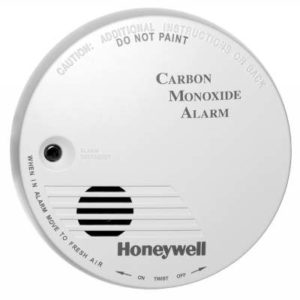
Anyone with a natural gas or propane appliance in the home should have at least one CO detector. Even if you have a new furnace, deadly venting failures could still put your family at risk. We recommend replacing the batteries and testing the CO detector and smoke detector at the same time that you change your clocks. It’s also good to replace CO detectors every 2-6 years (depending on the model) because the sensors wear out and lose sensitivity over time. The sensors in some newer CO detectors last longer and also may have five year batteries. Check with the manufacturer to be sure.
If you still have questions or need an appointment for a furnace safety check, just give us a call.

